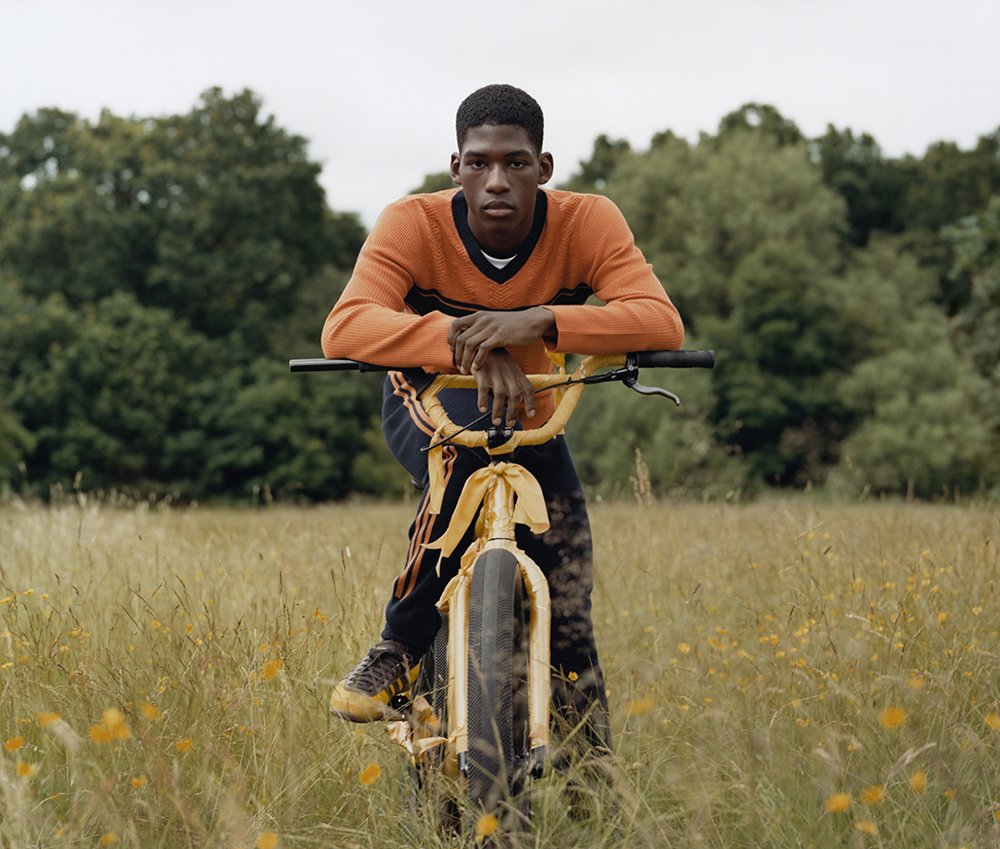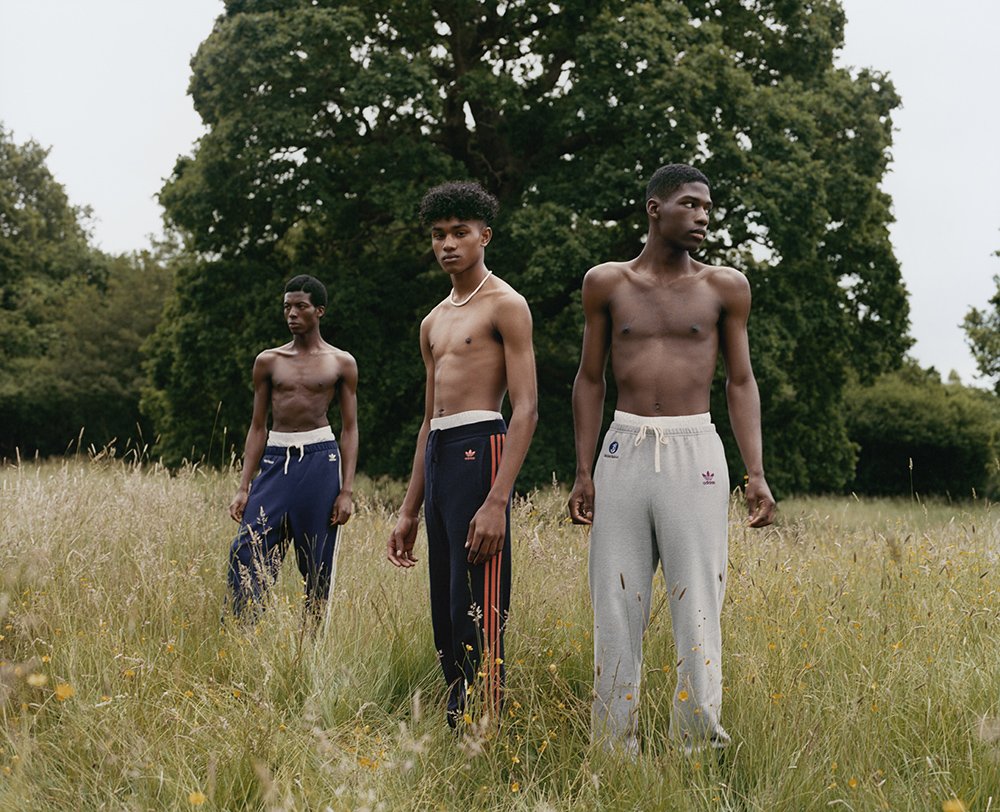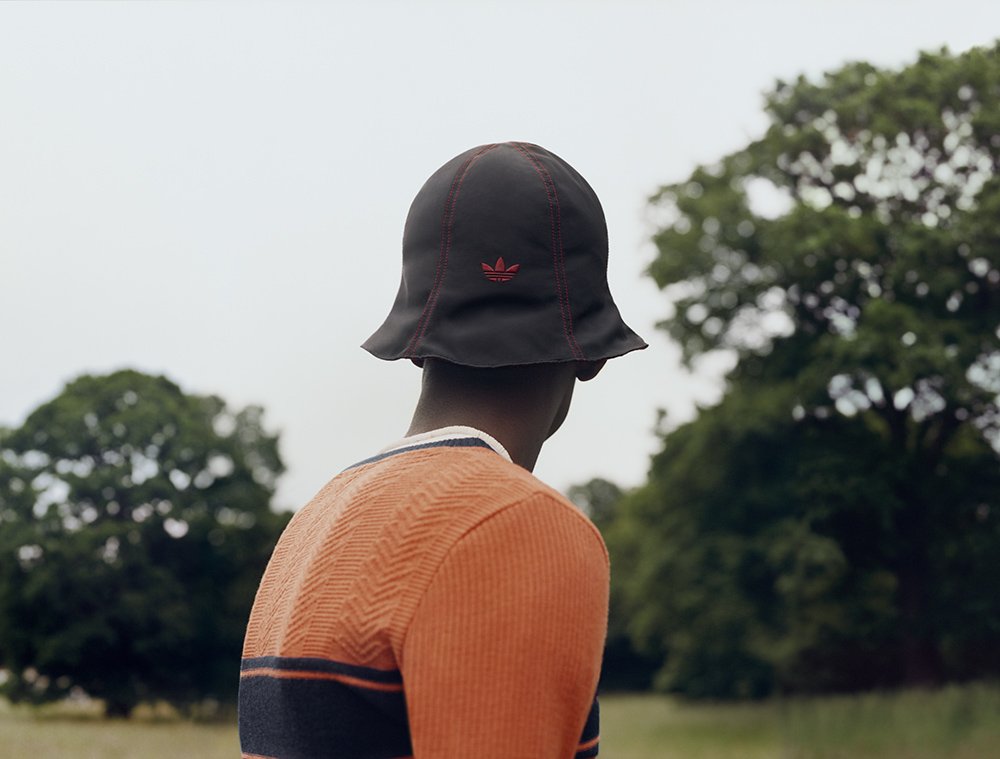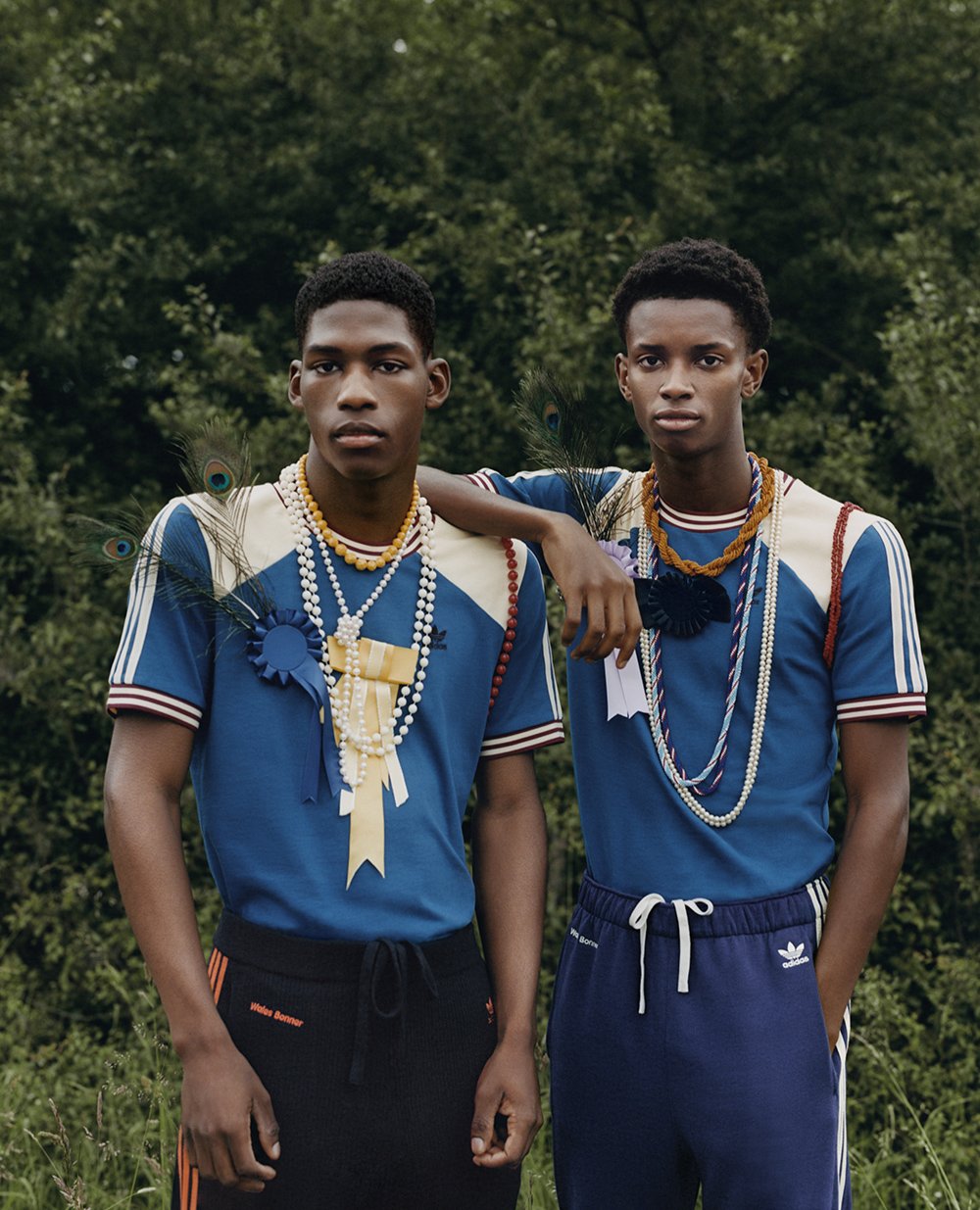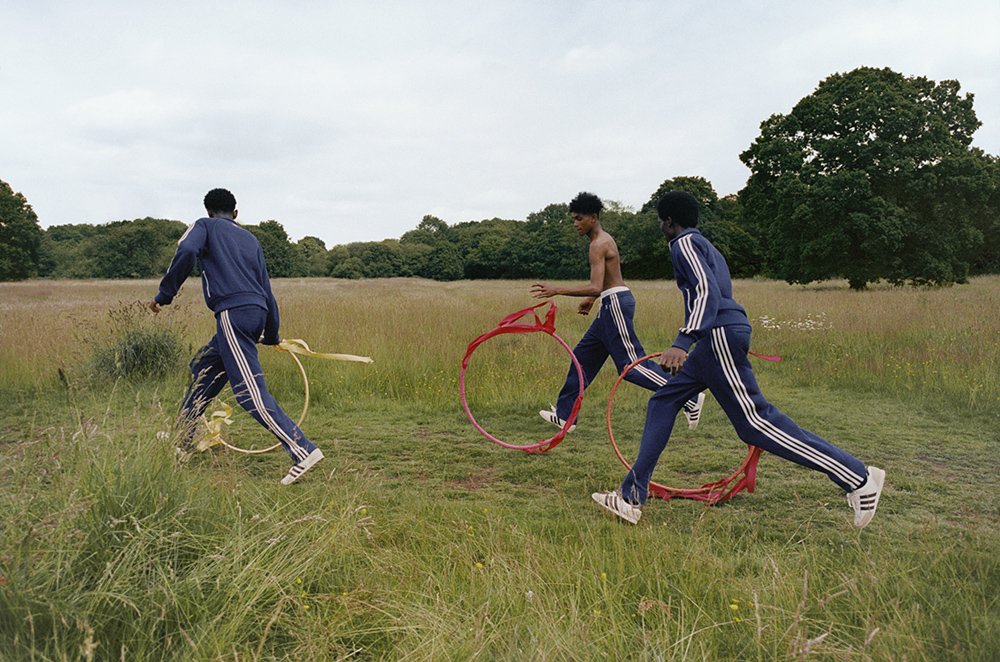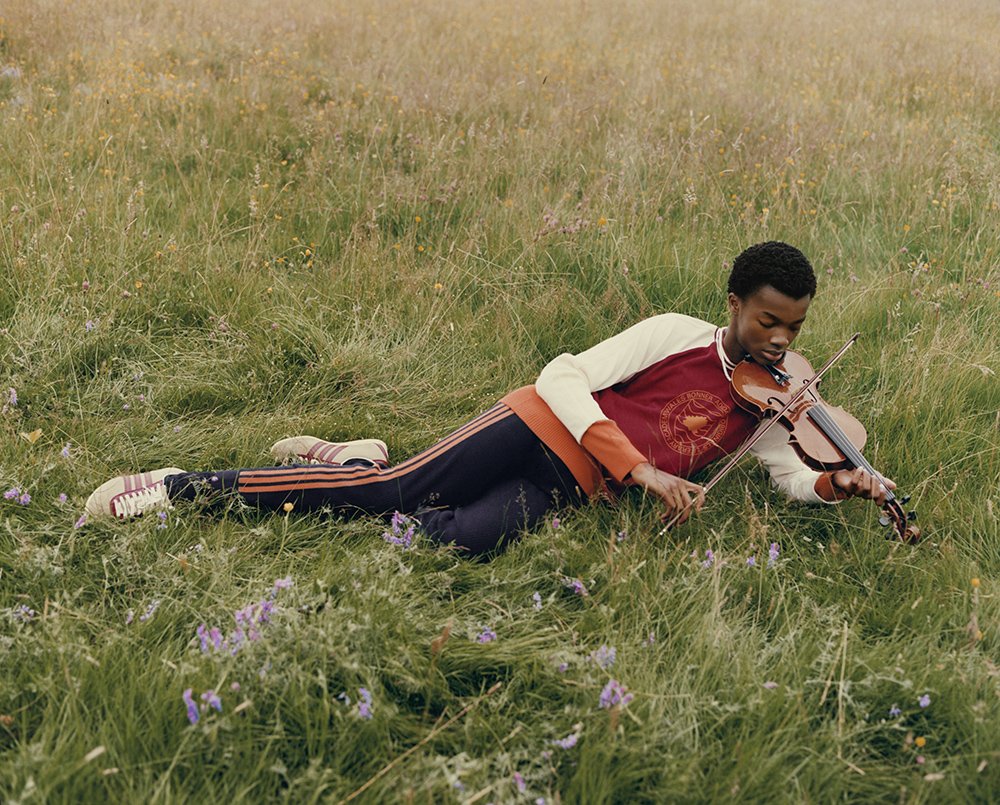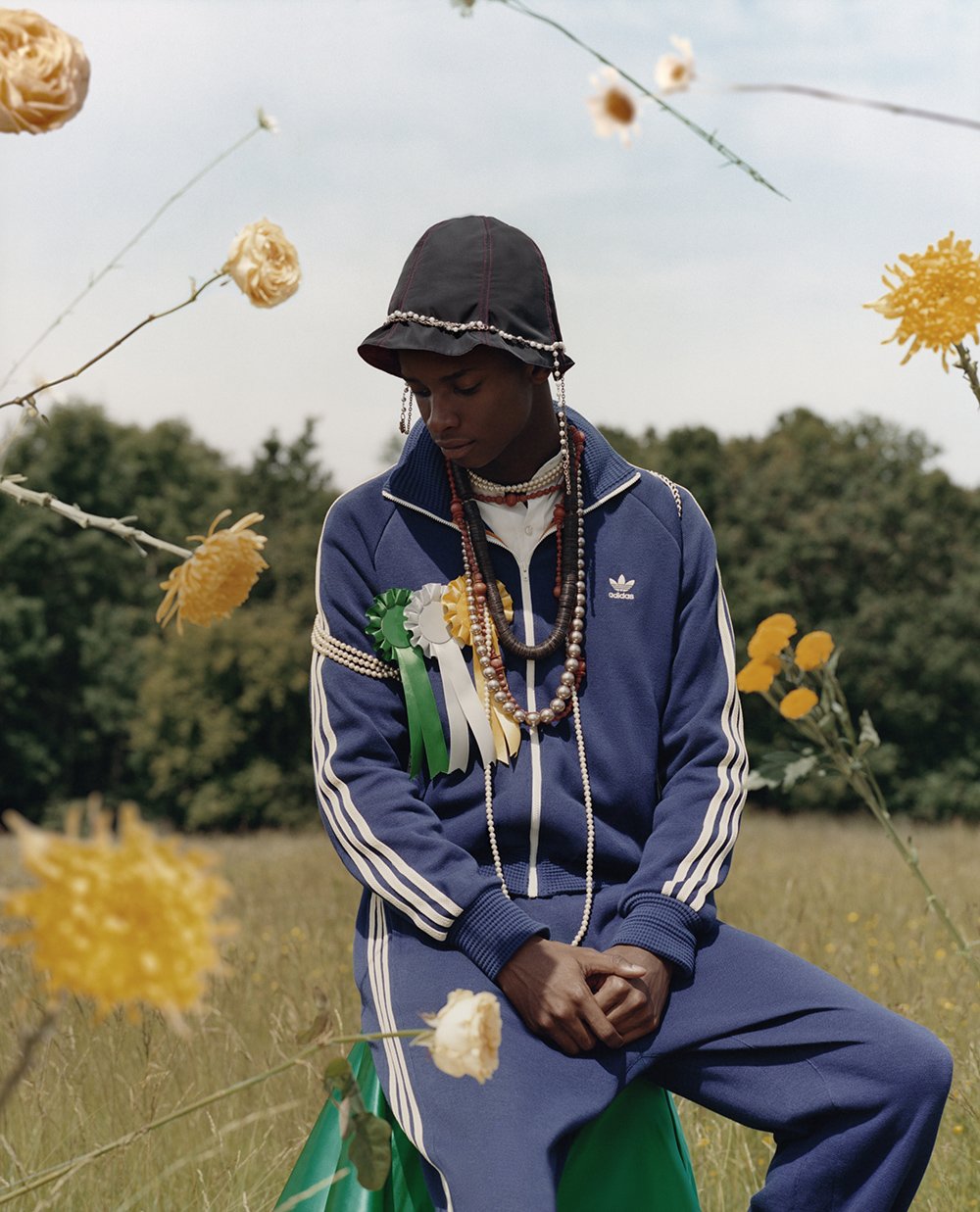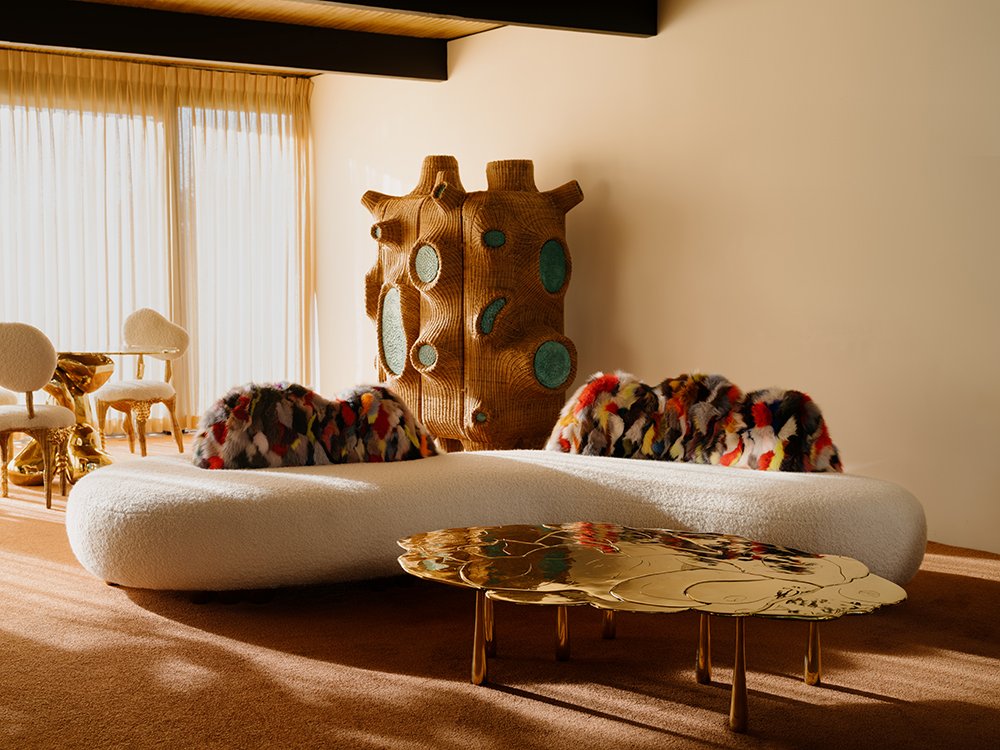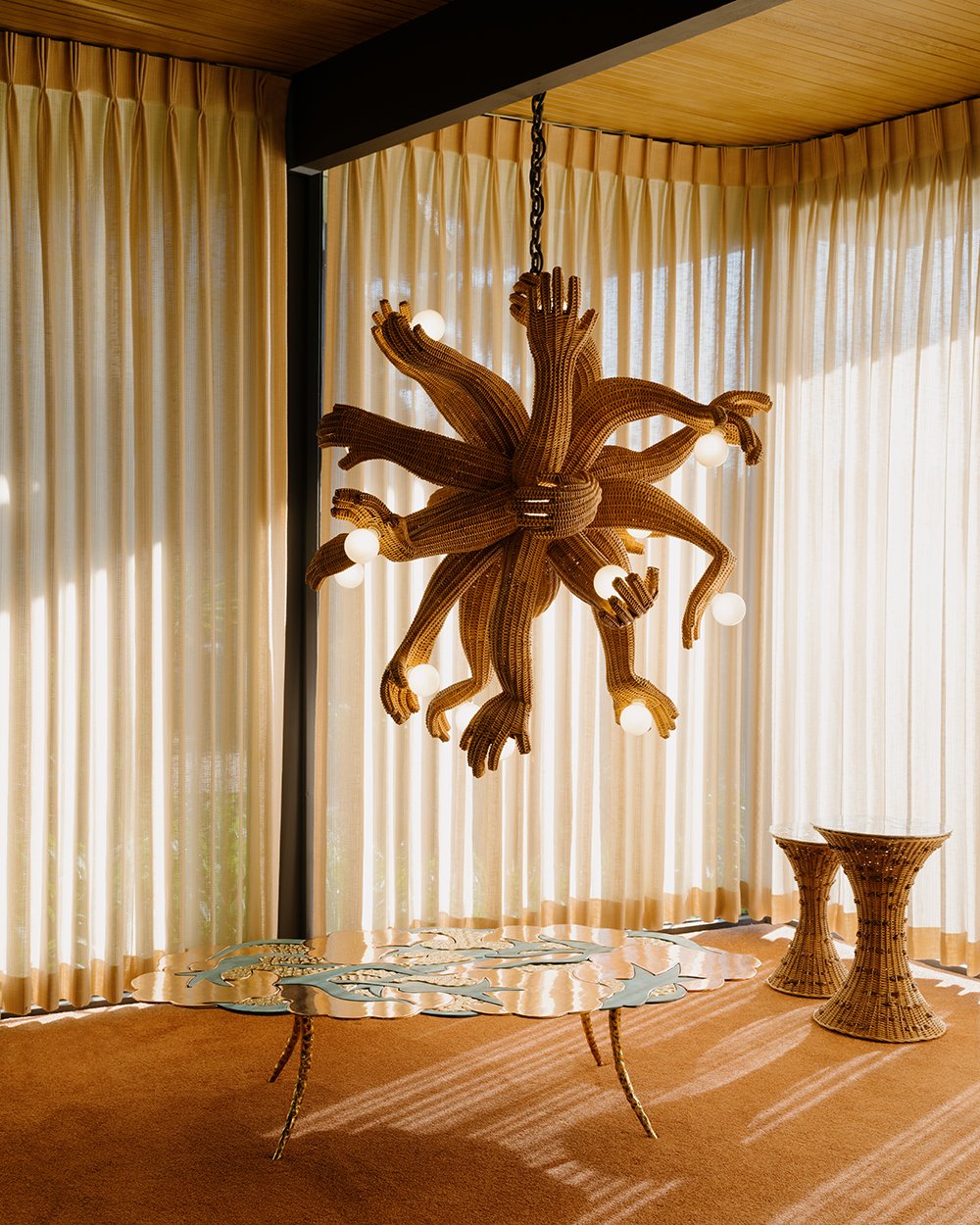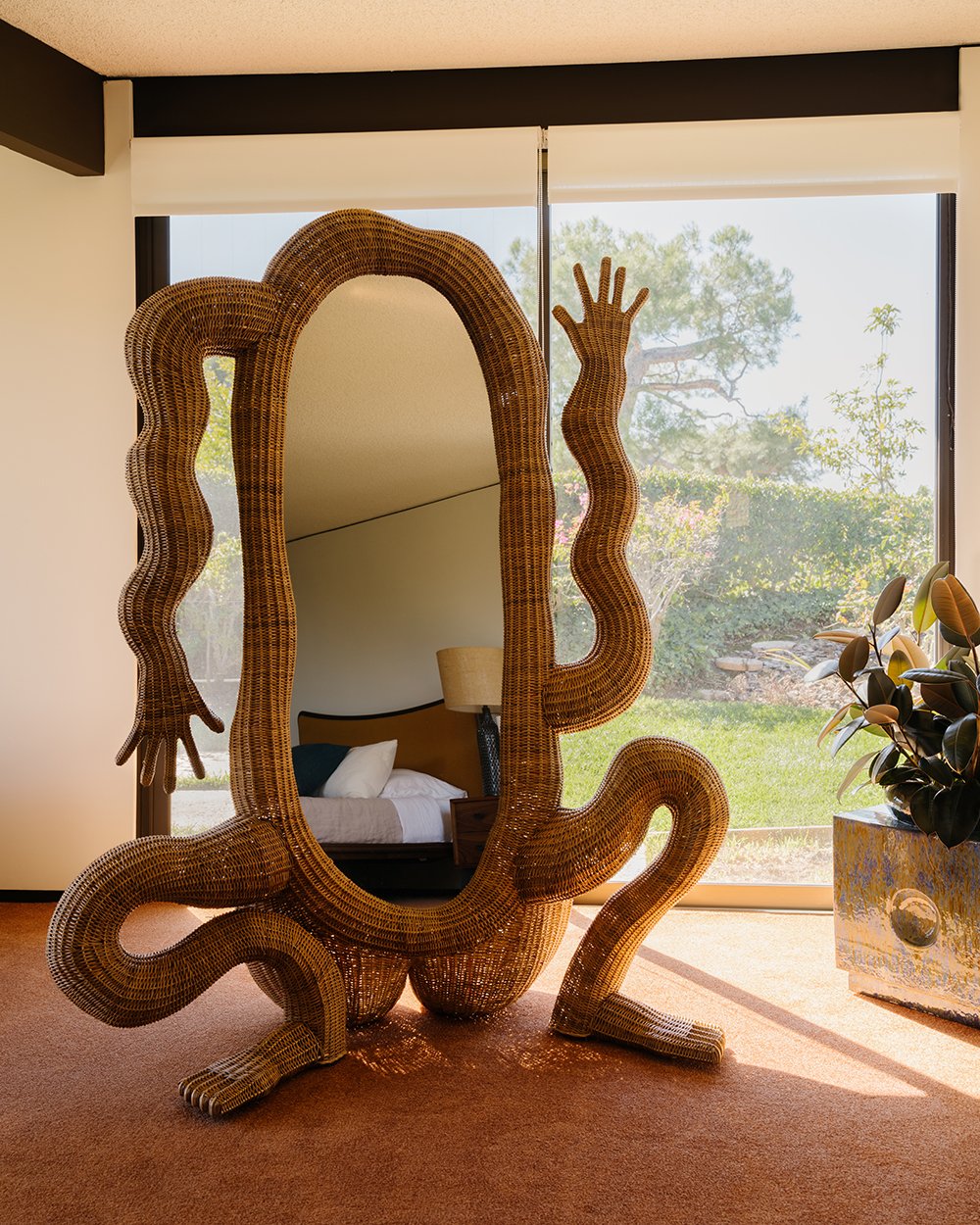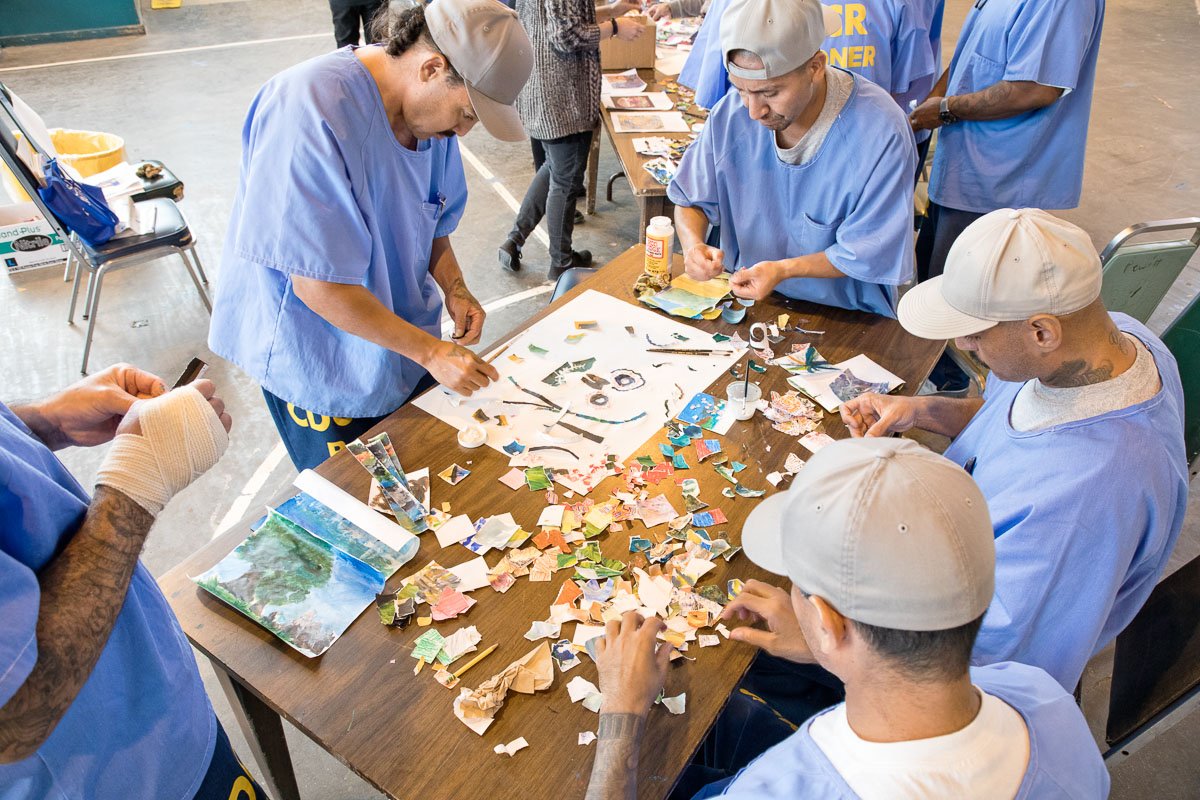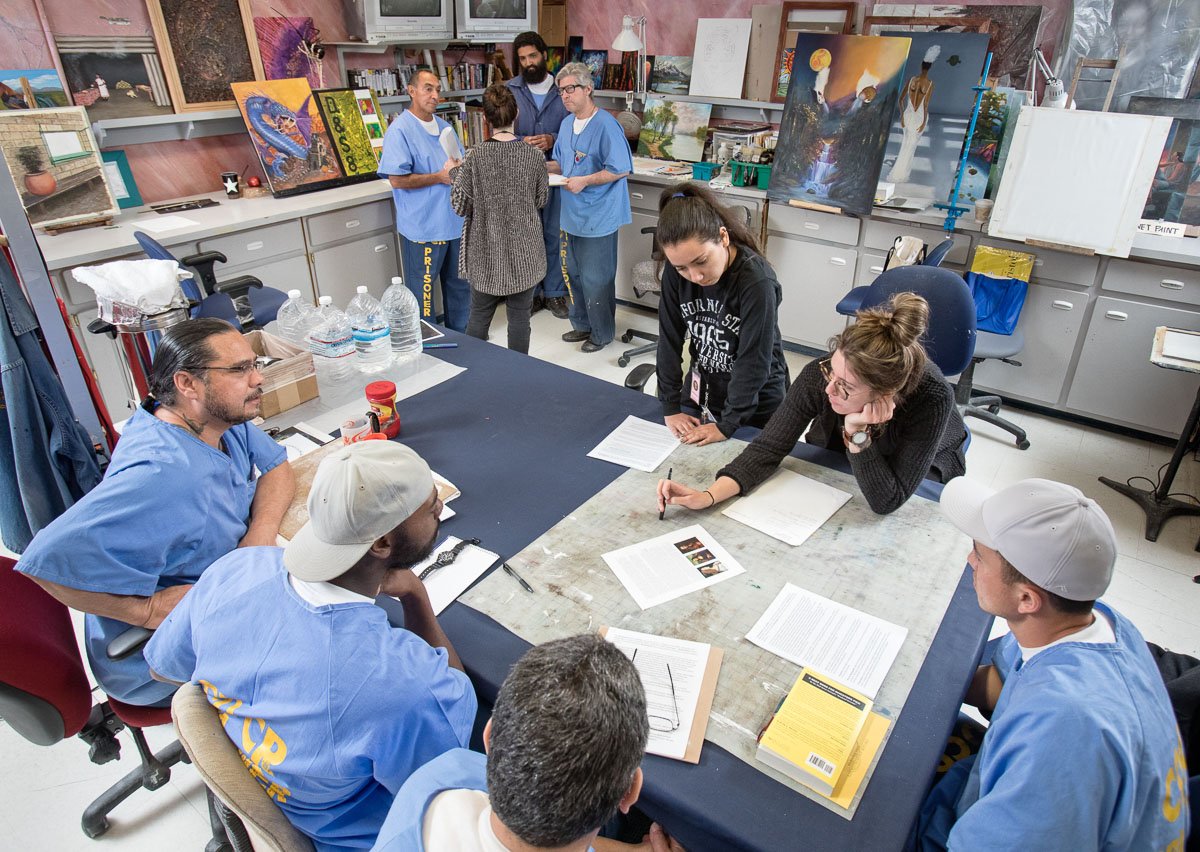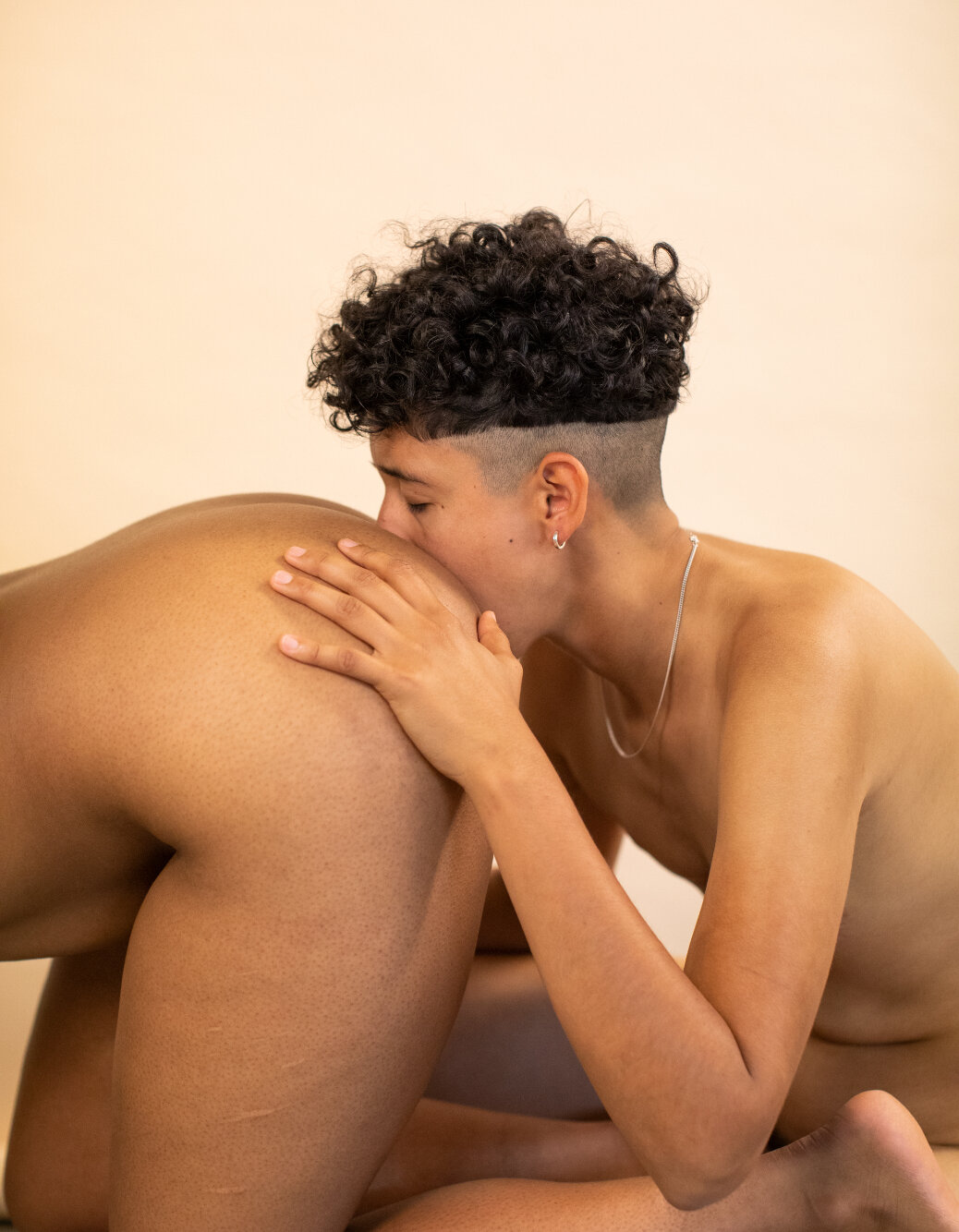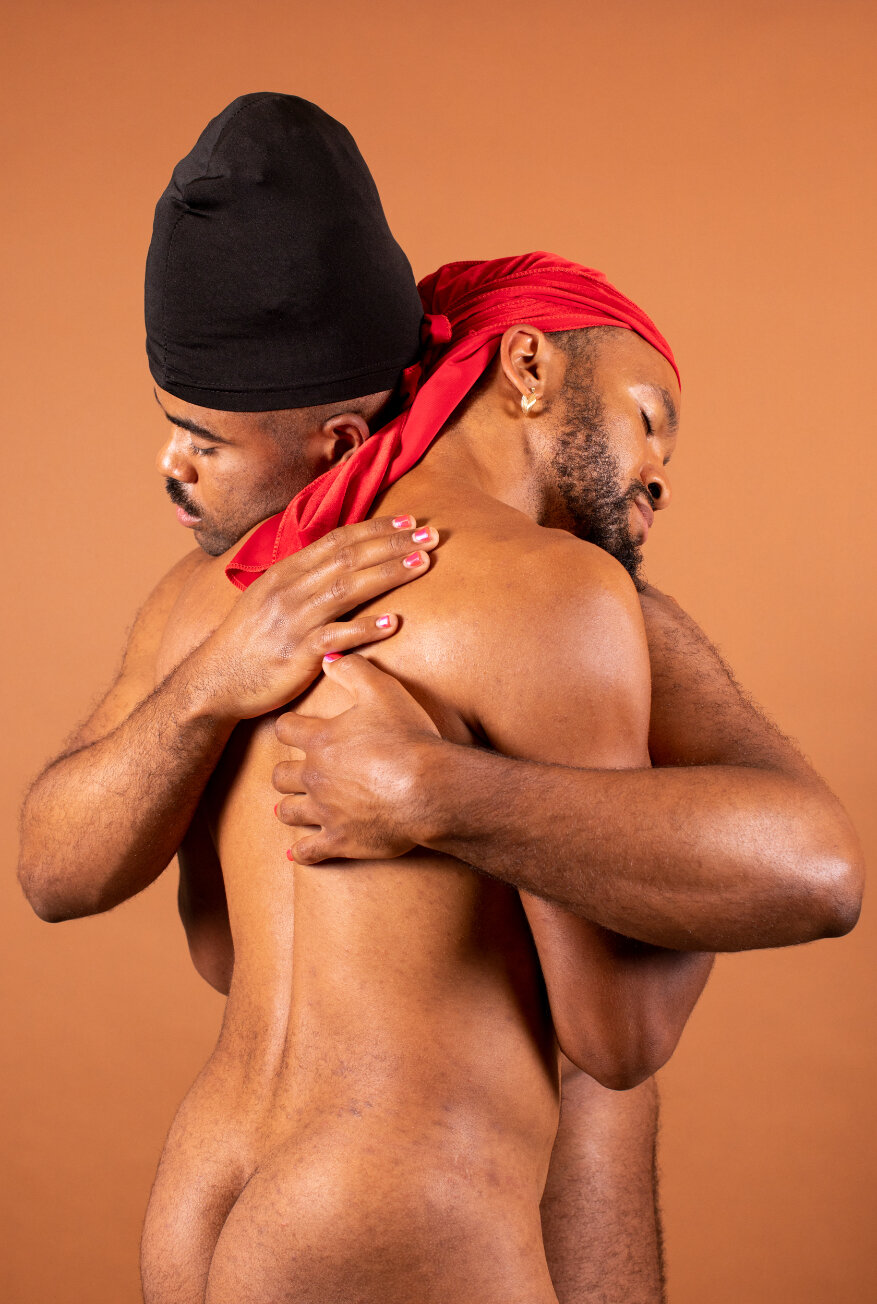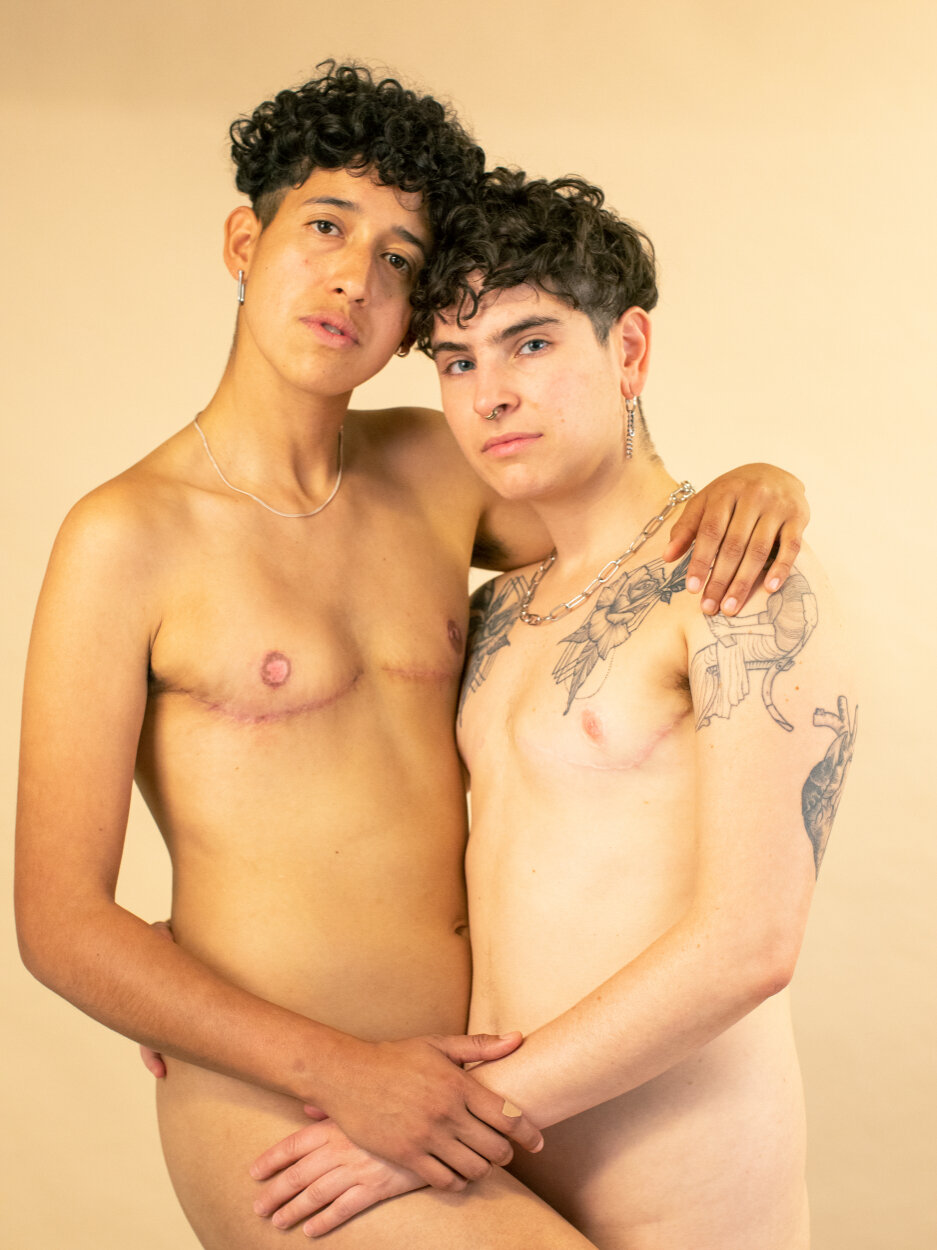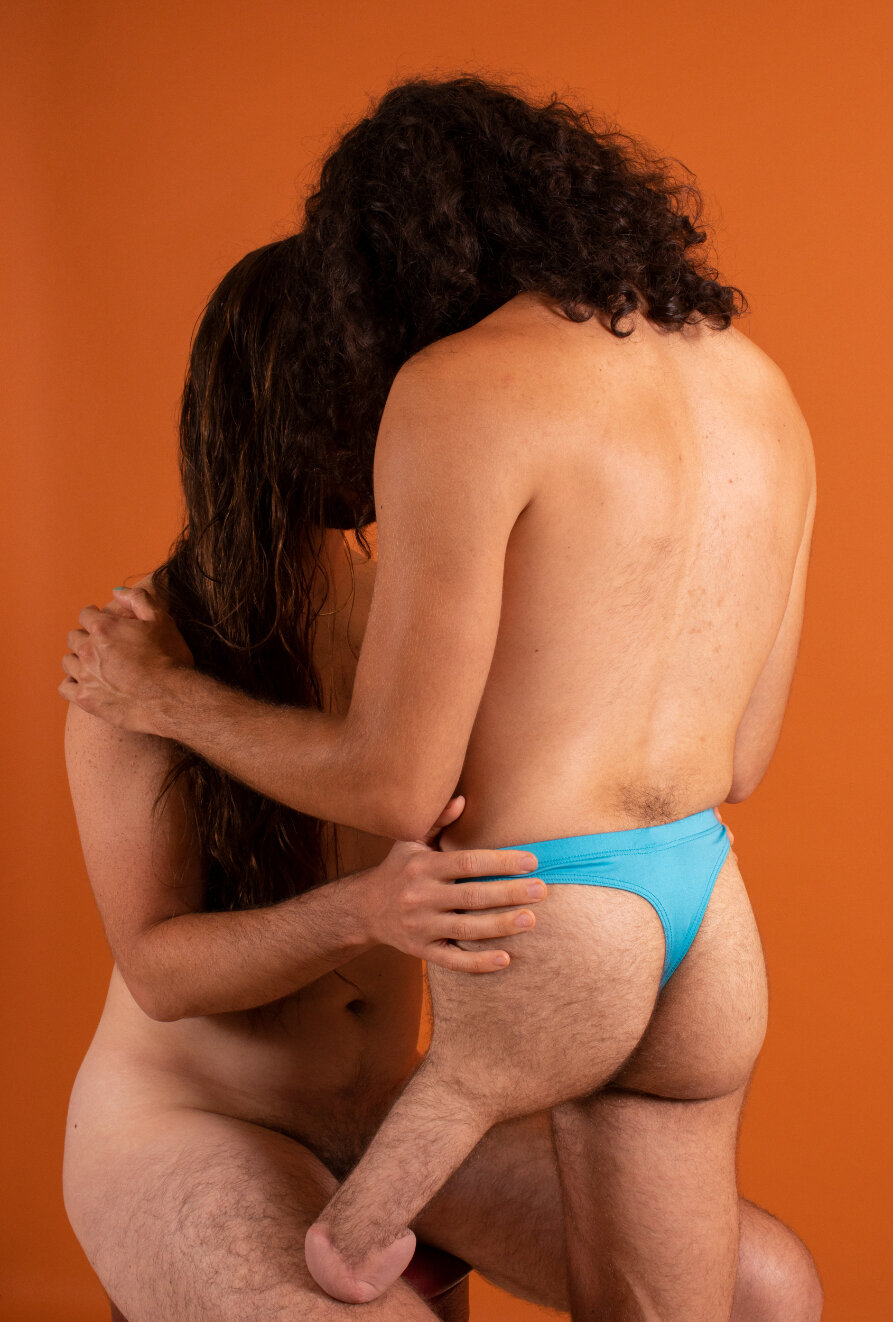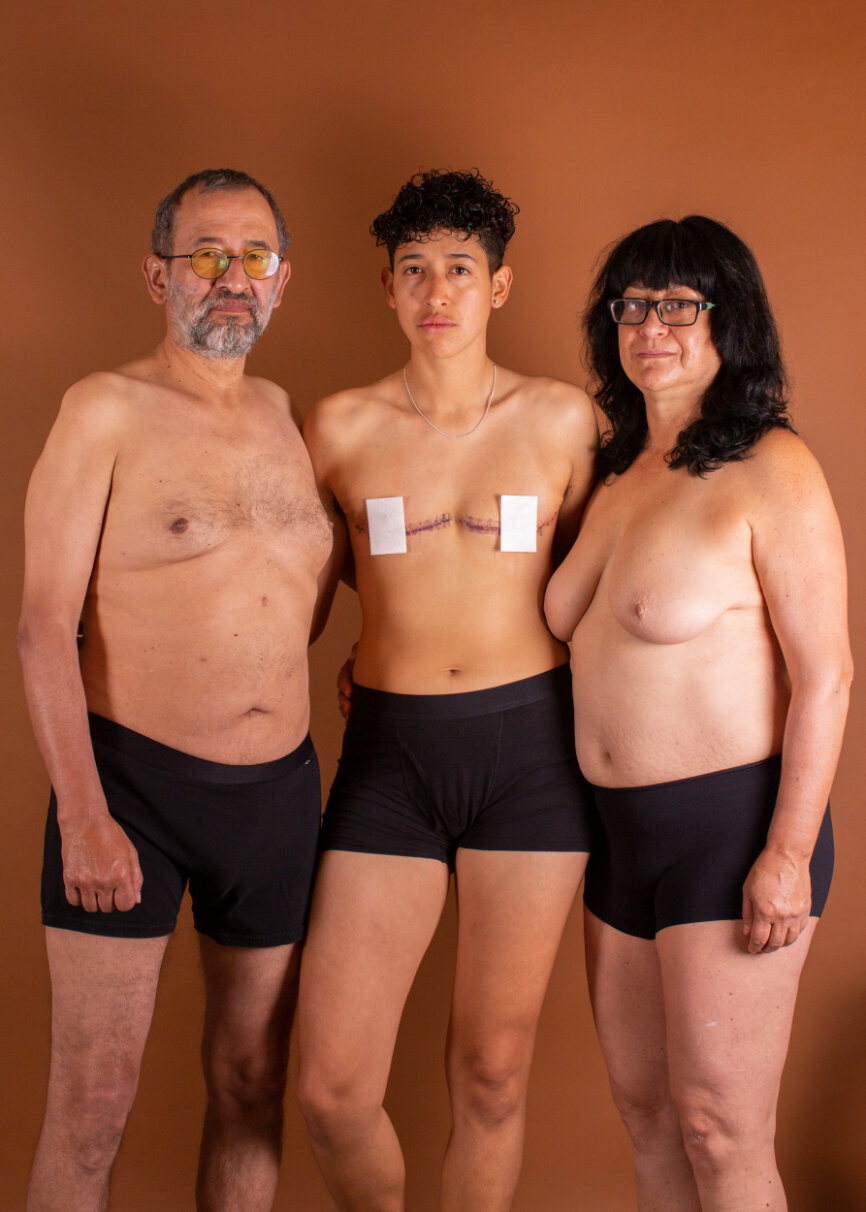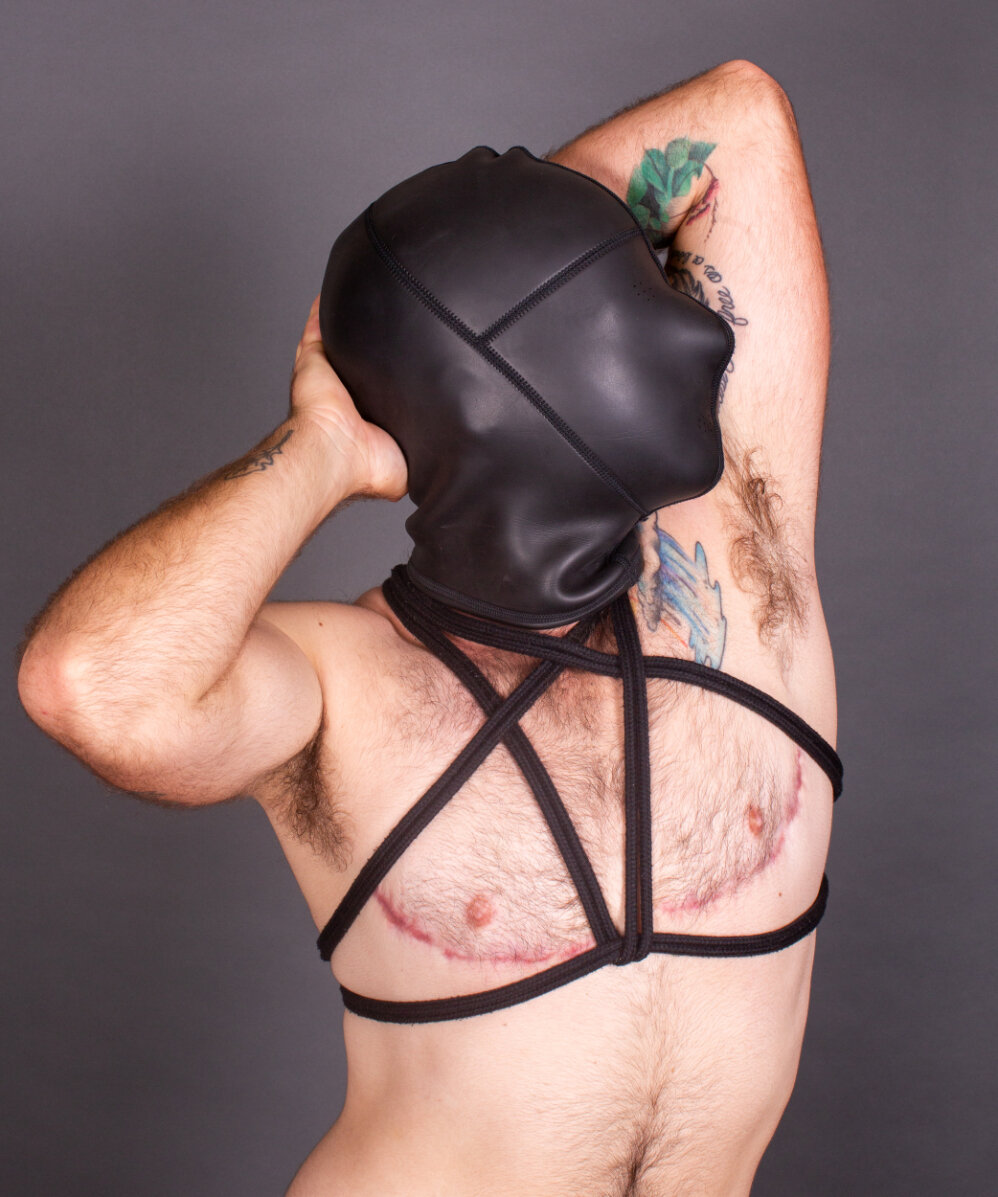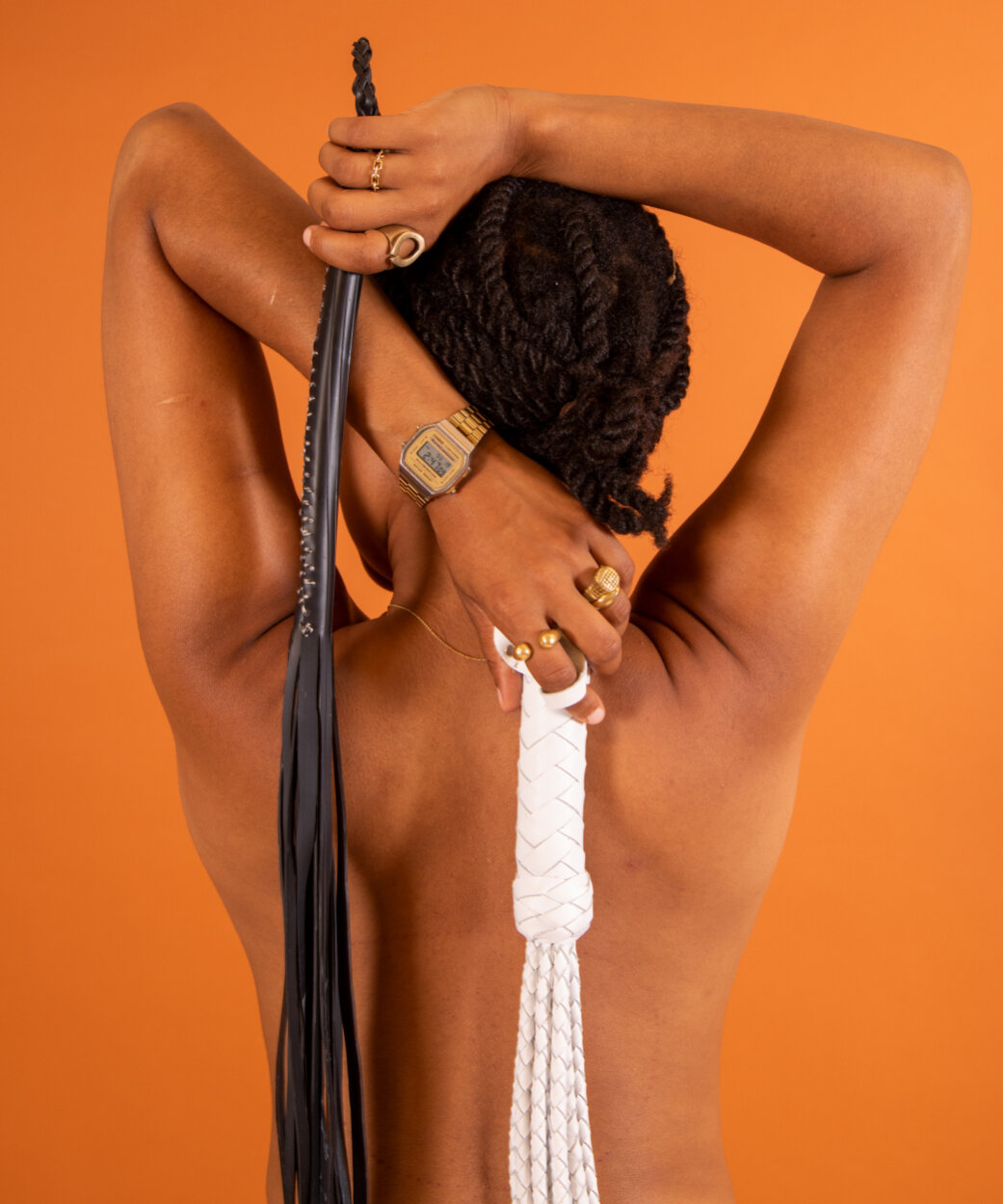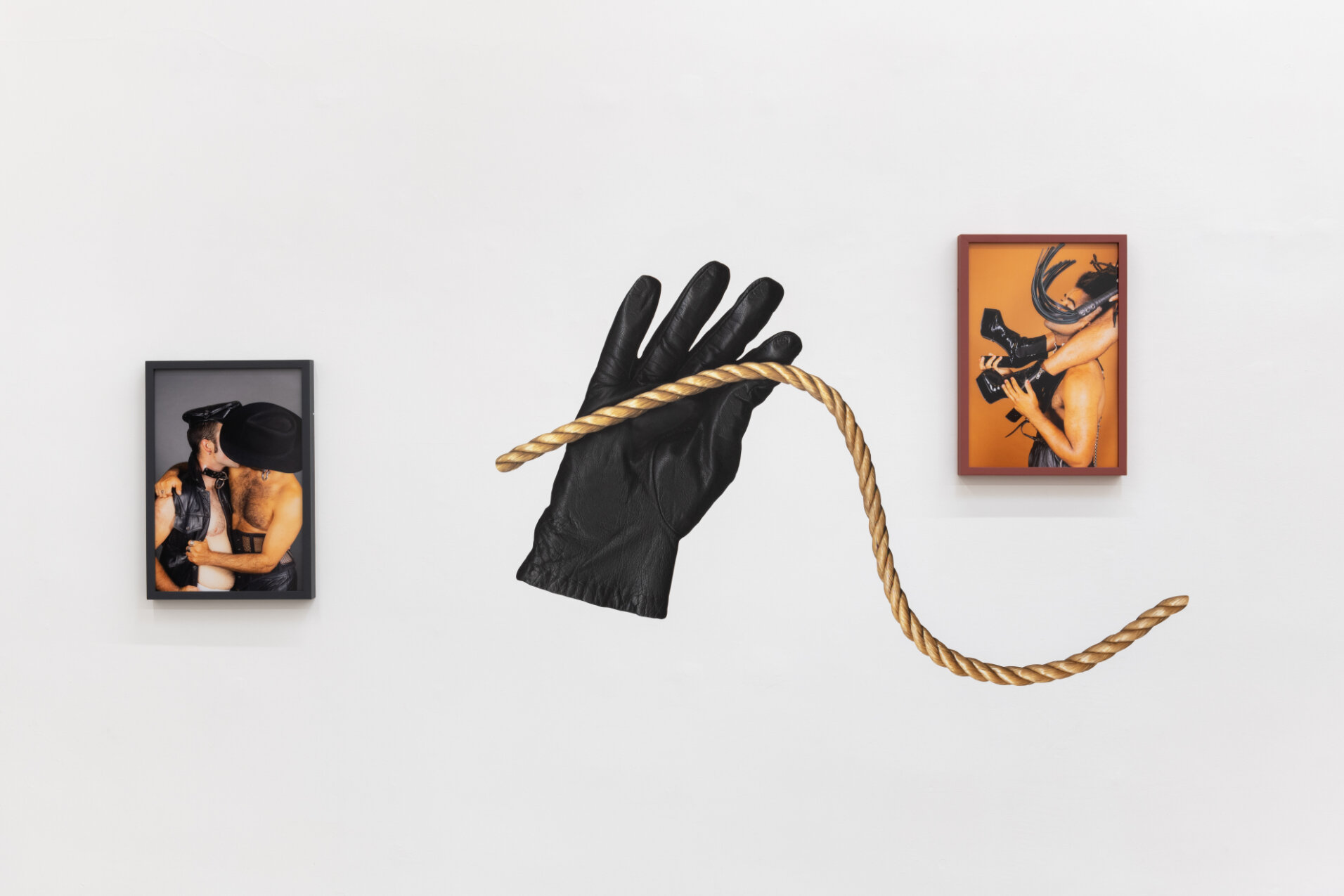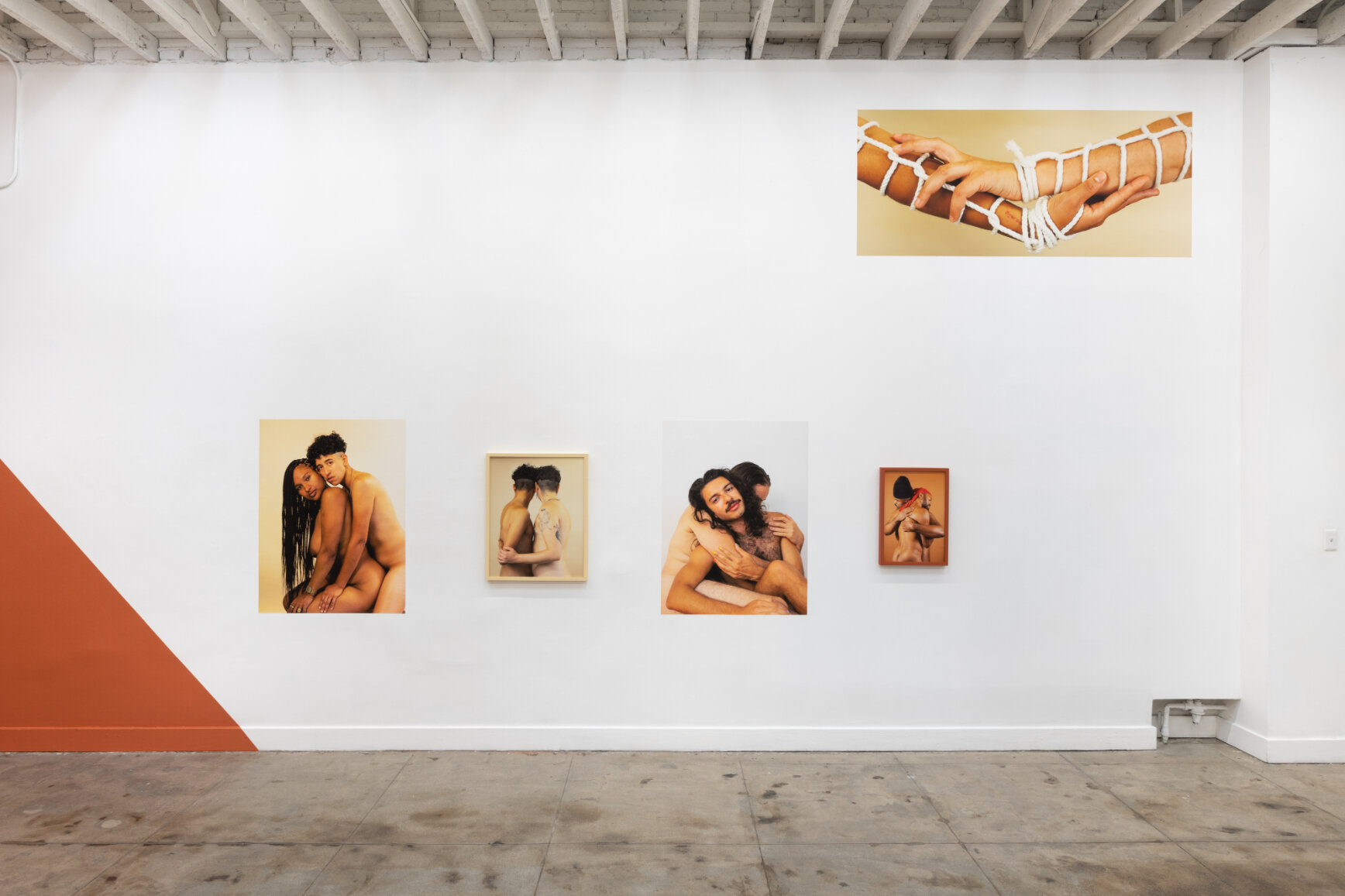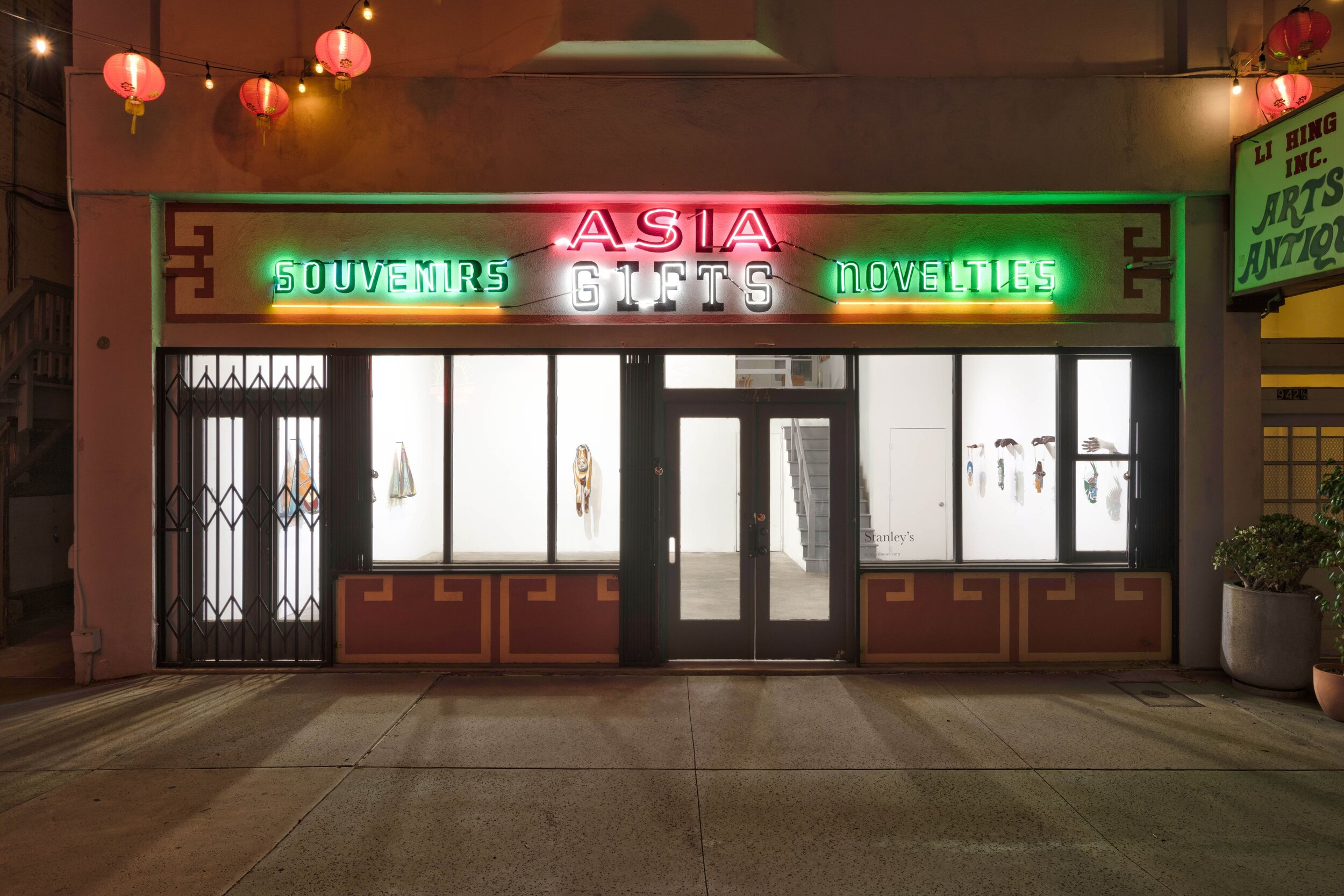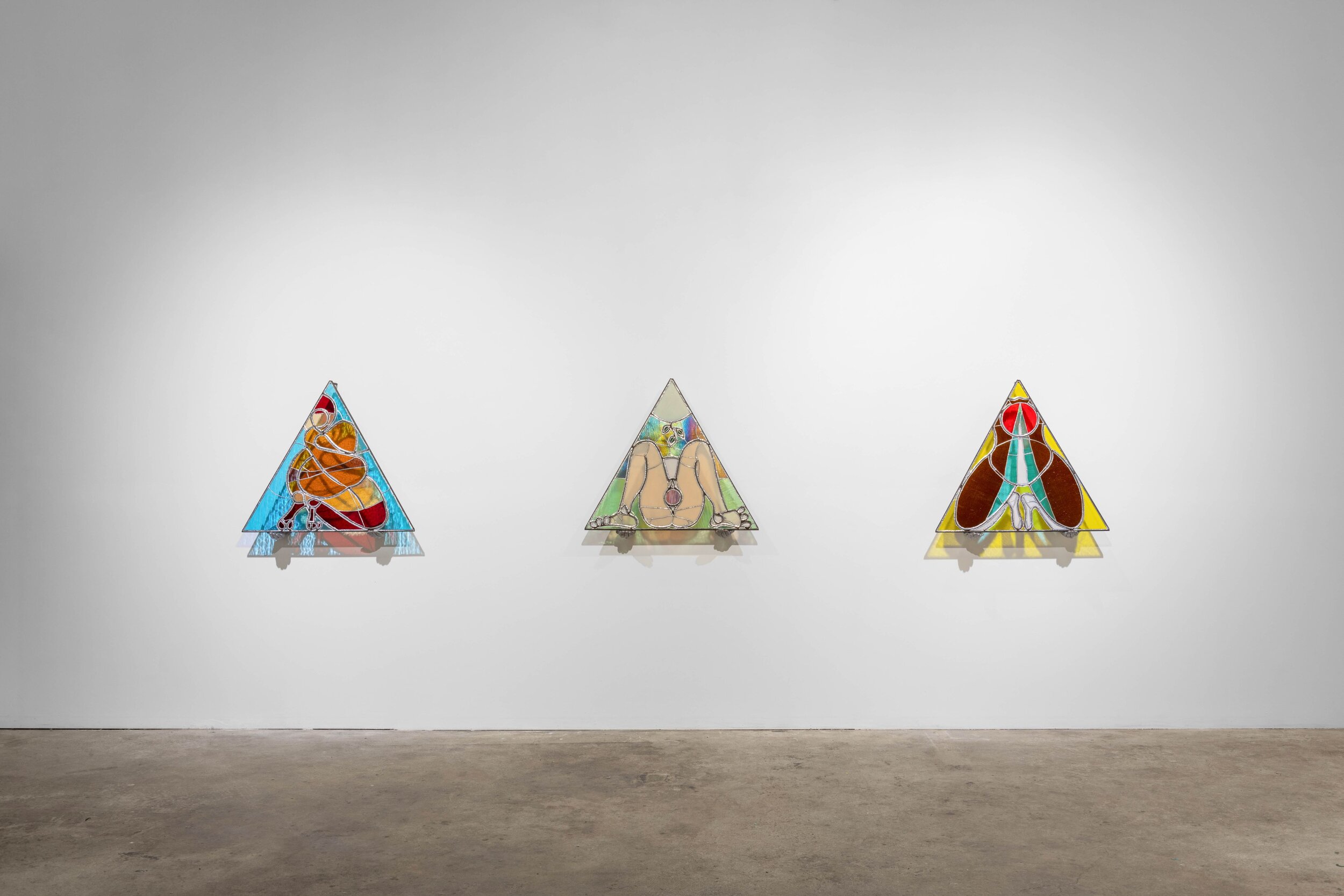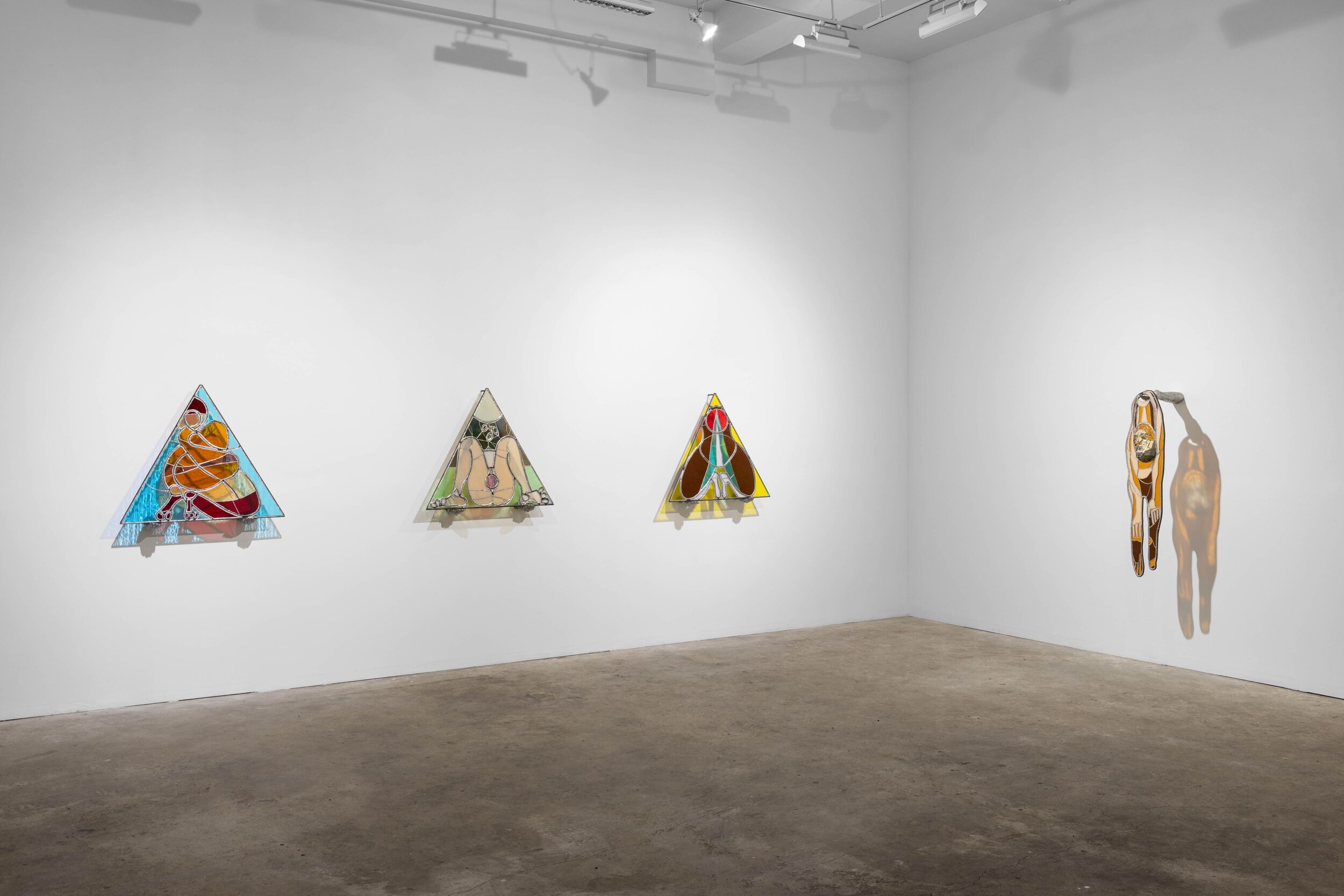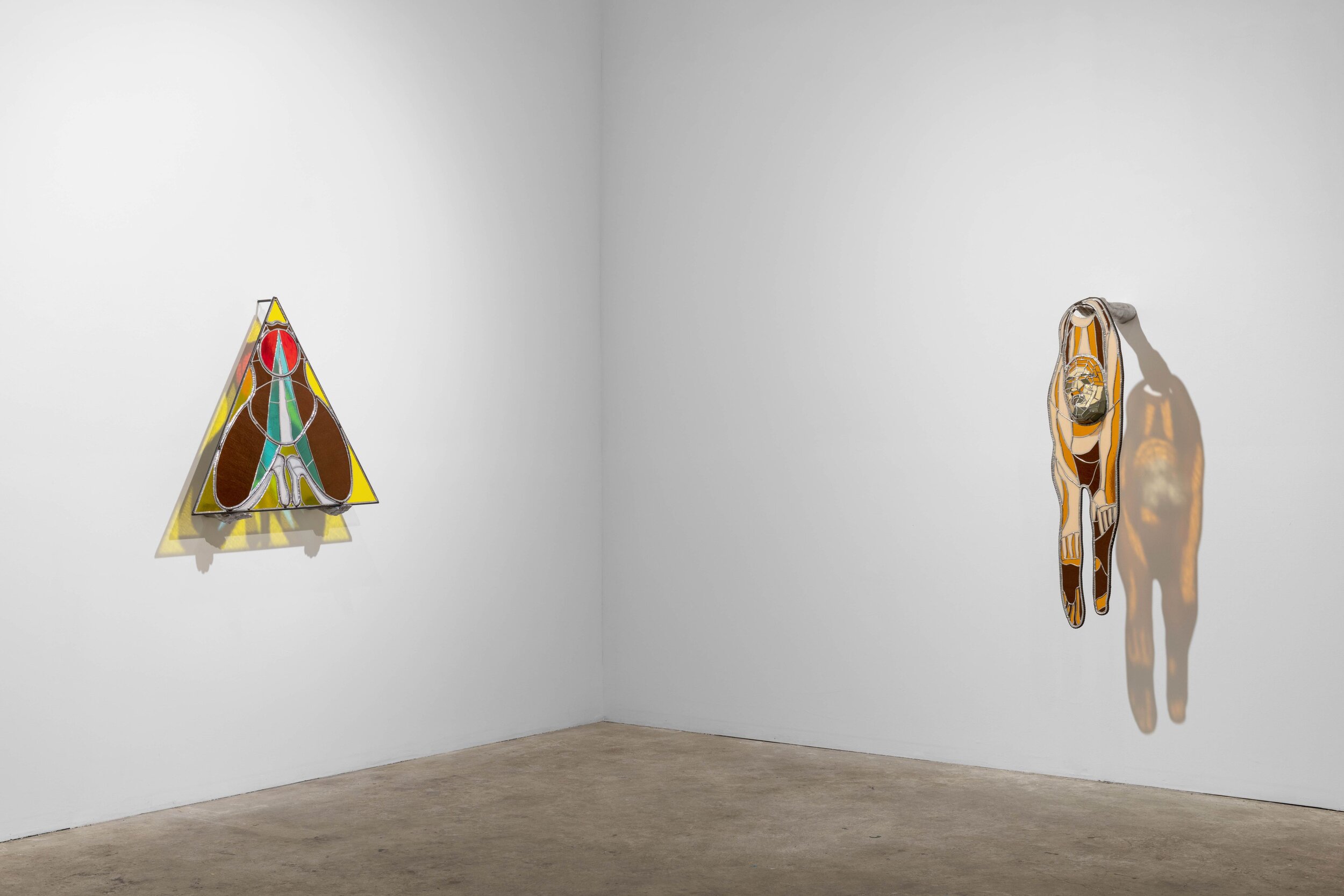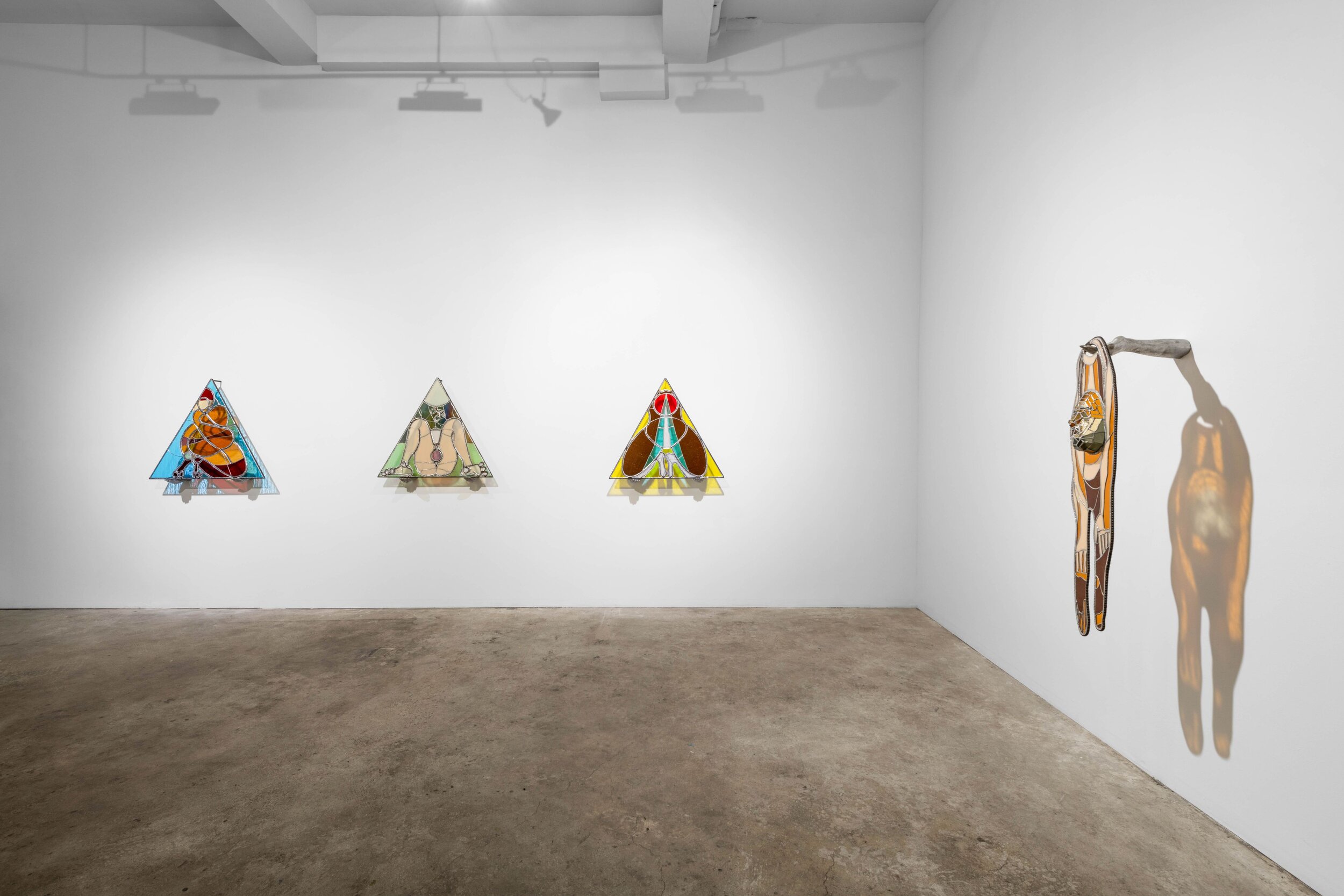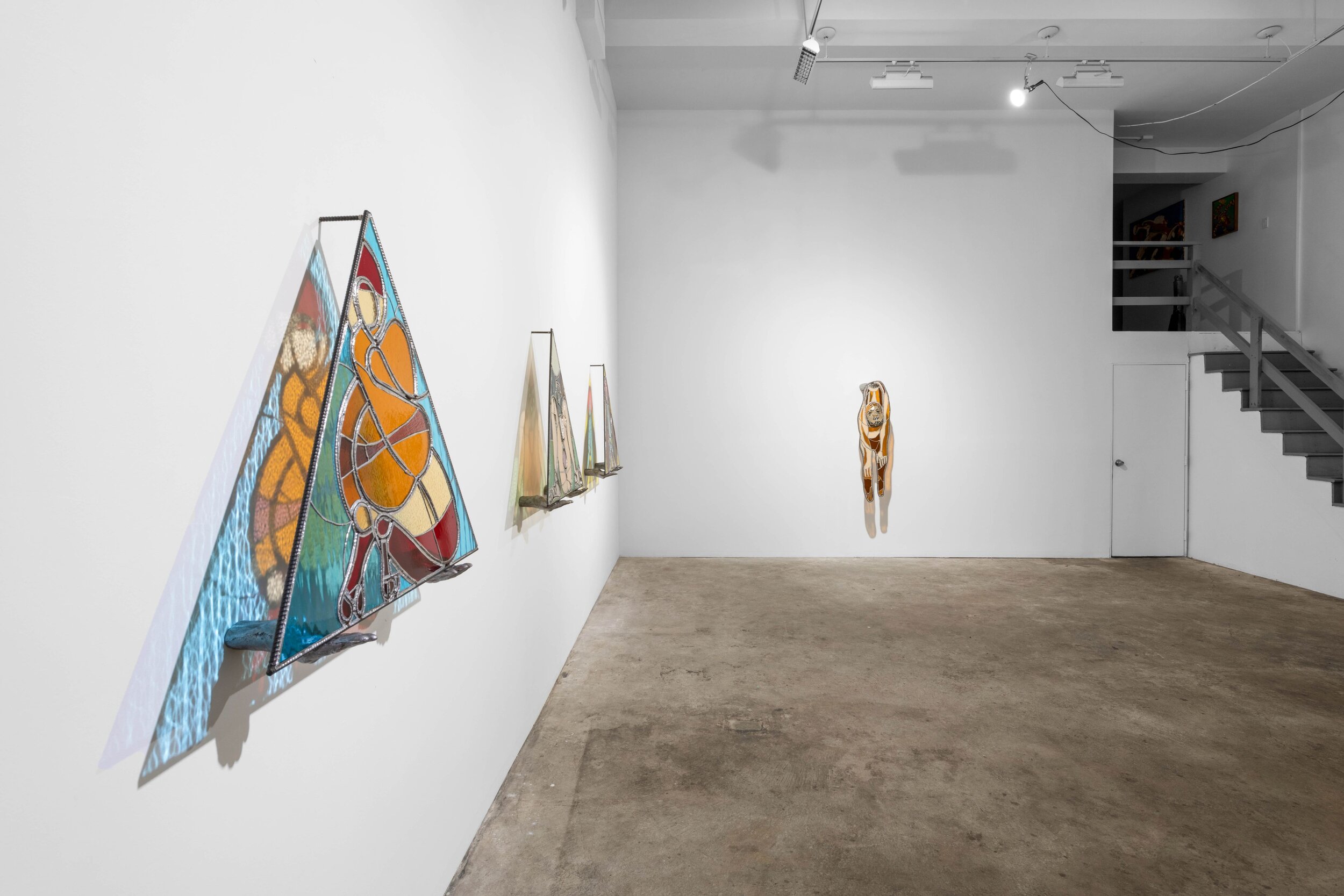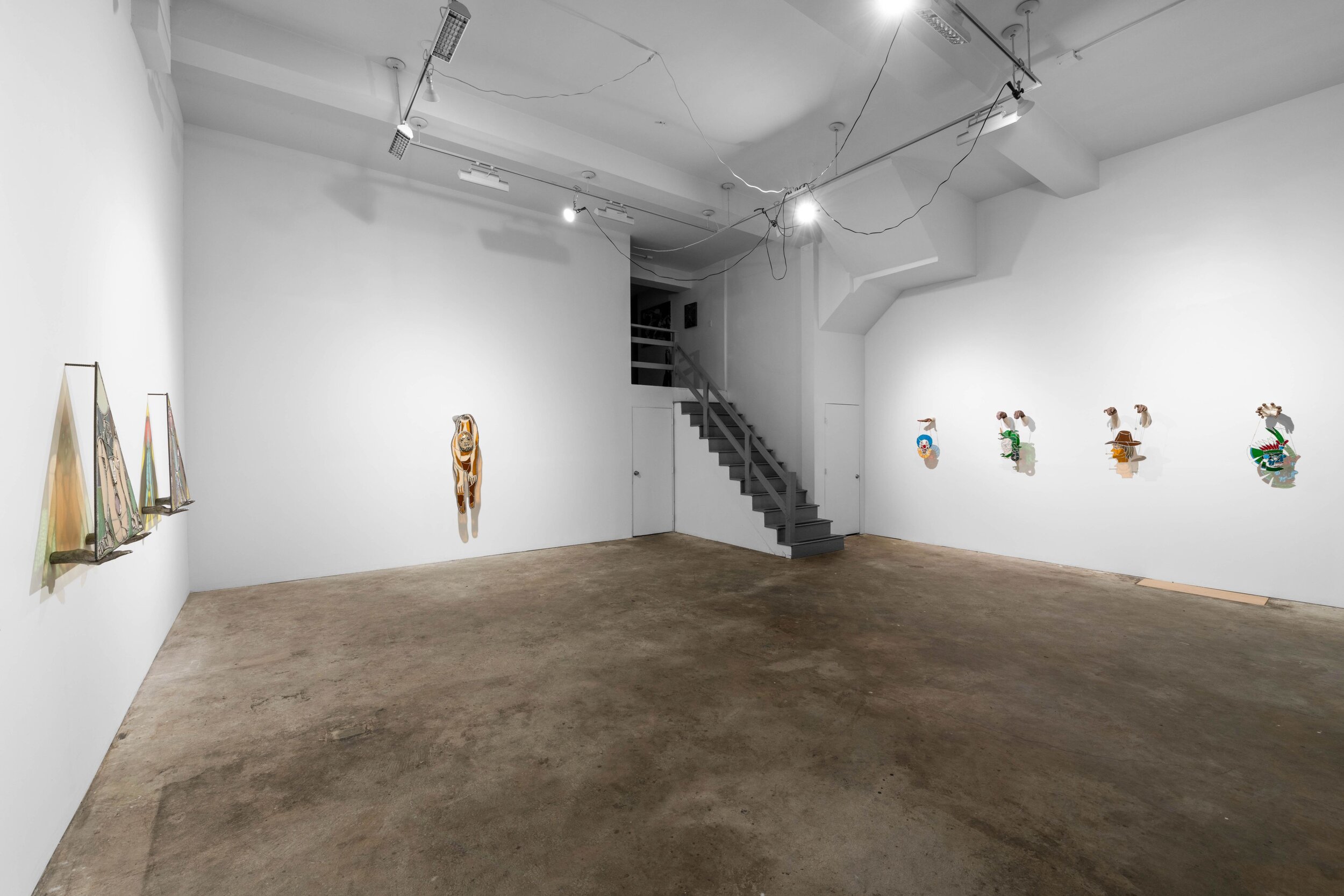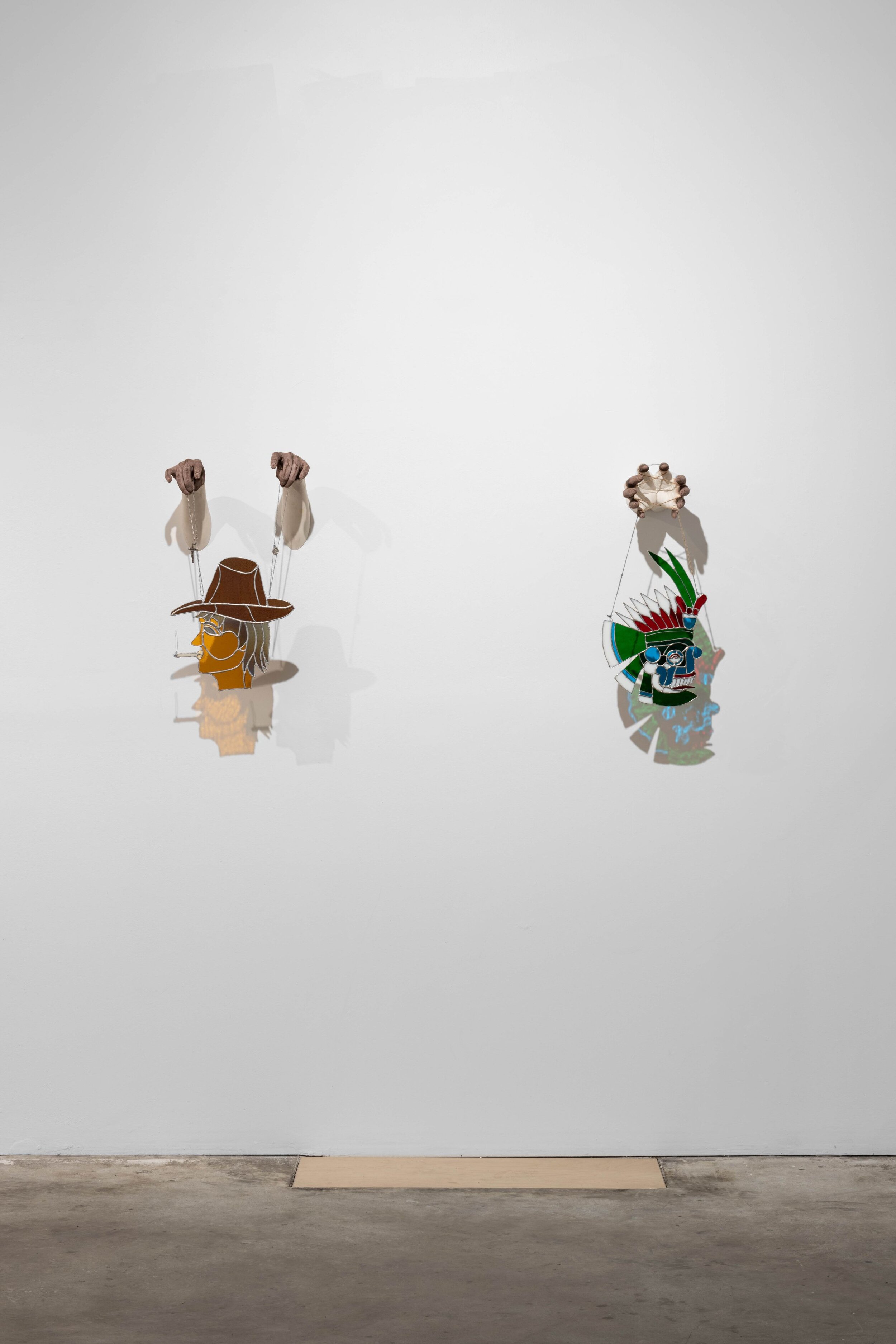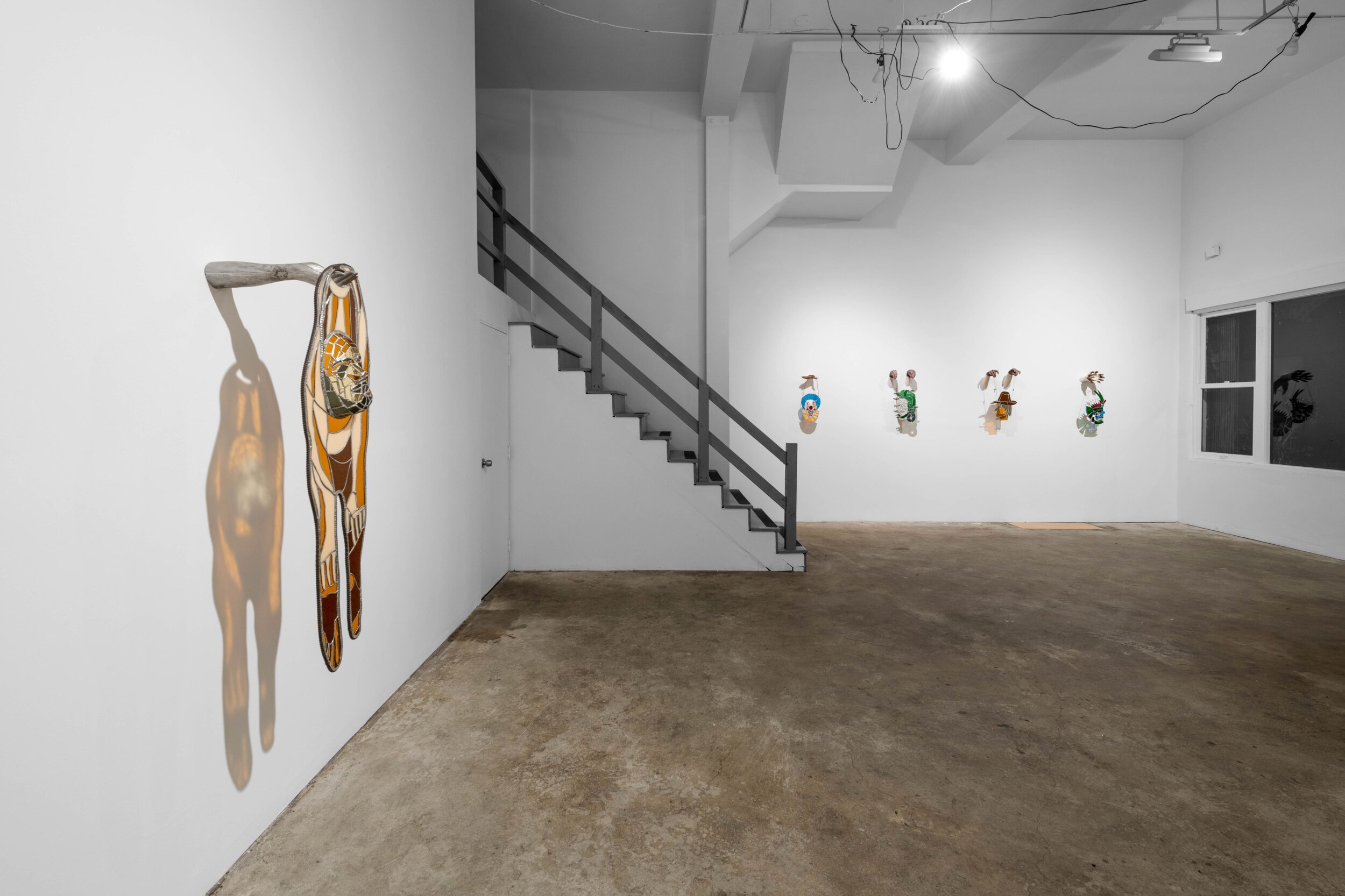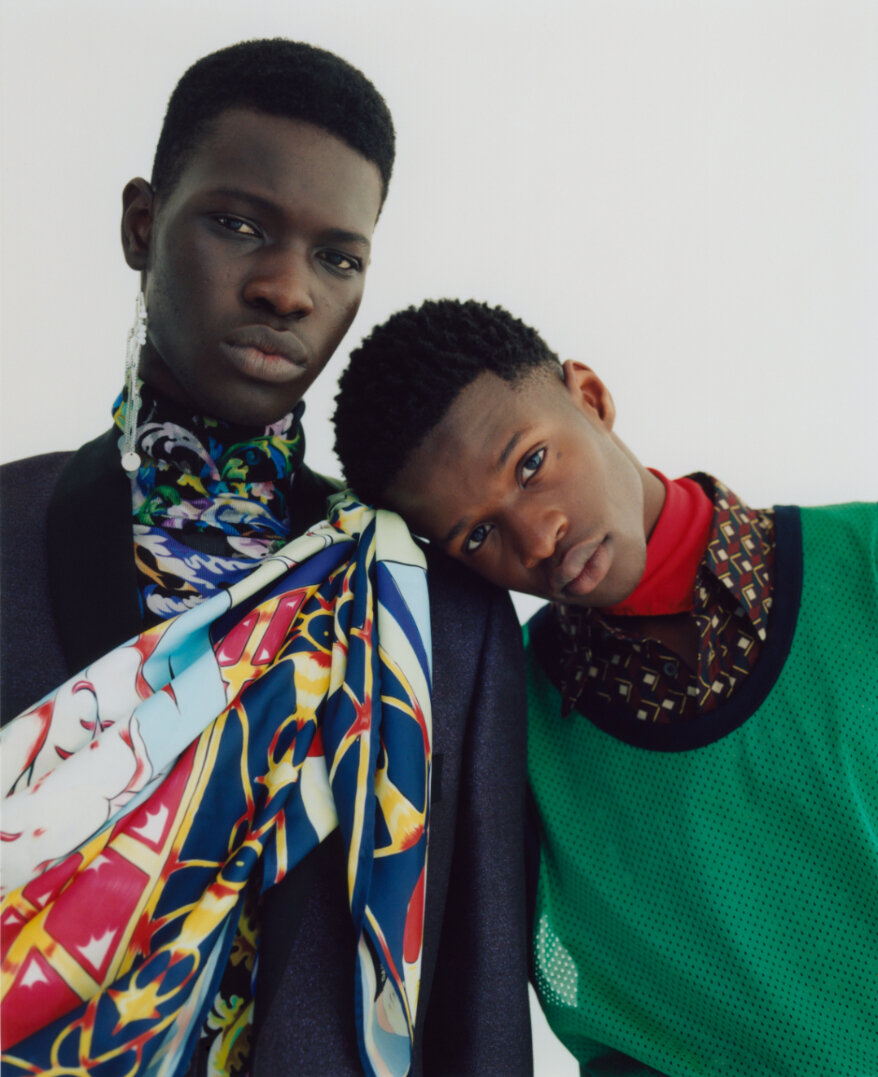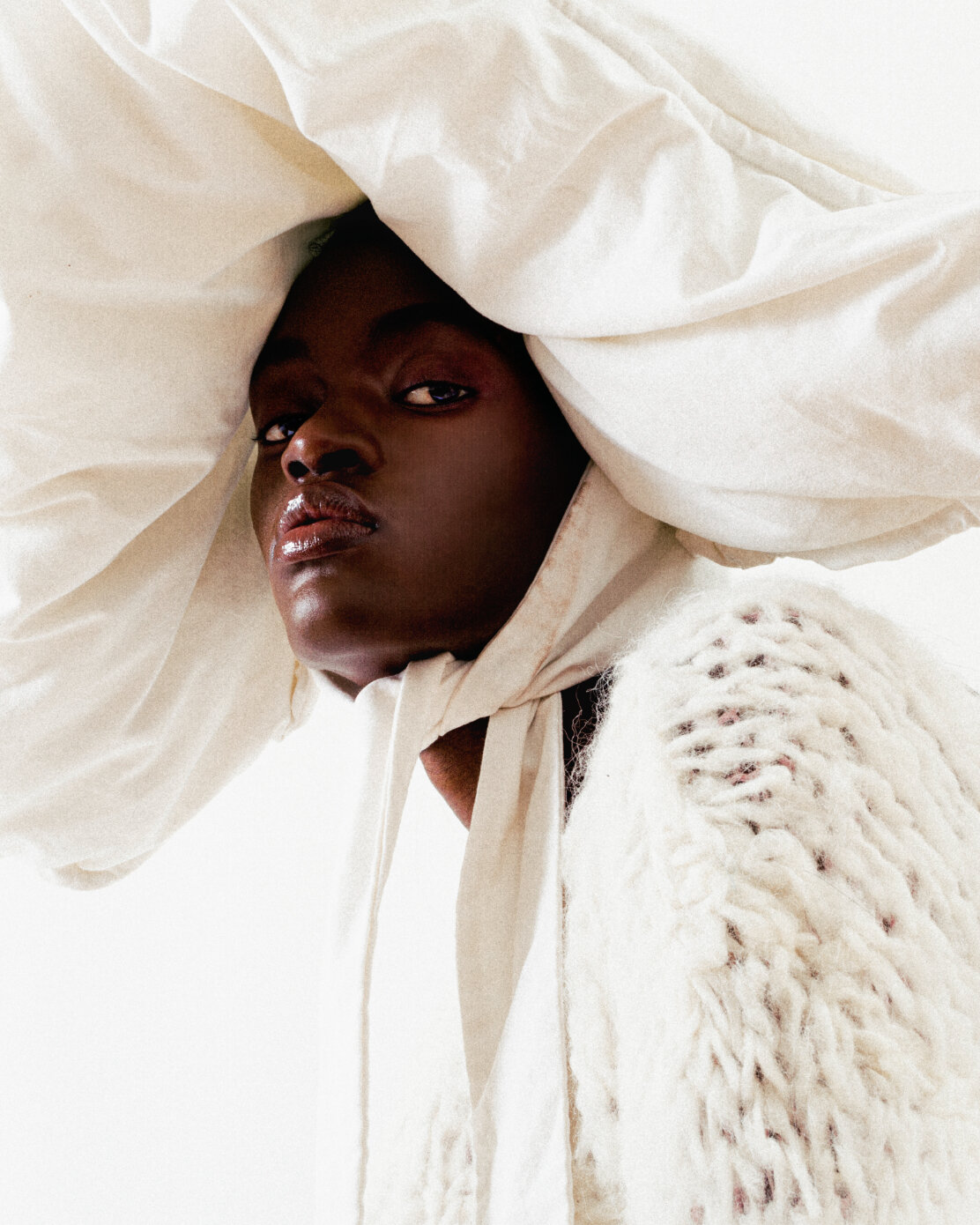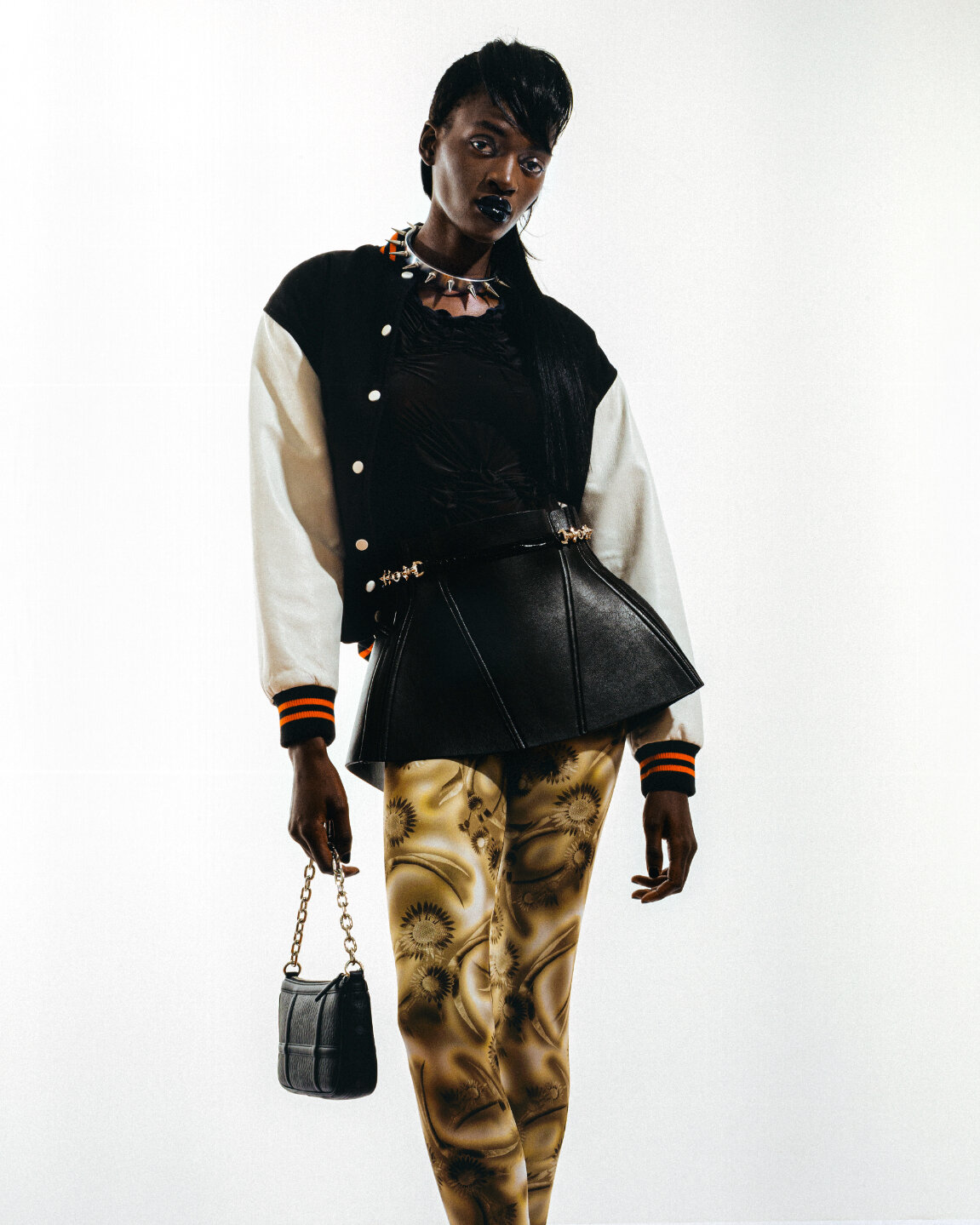Click here to read.
adidas Originals and Wales Bonner Launch Autumn/Winter 2021 Collaborative Collection
adidas Originals and Wales Bonner return once again to present their latest collaborative endeavor. Forming an integral part of the designer’s Autumn/Winter 2021 collection, entitled “Black Sunlight”, the apparel, footwear, and accessories on offer follow on from the themes developed in Spring/Summer 2021 with “Essence” and Autumn/Winter 2020 with “Lovers Rock”.
Concluding the trilogy of collections, Black Sunlight illuminates a world of Caribbean Thought and Black British intellectualism, reflecting on the scholars, poets and artists from the Caribbean, India, and West Africa whose work and writings advanced postcolonial discourse in the UK and across the globe.
Where the previous two collections saw Wales Bonner reimagine the aesthetics and stylistic tendencies of the 70s, for Autumn/Winter 2021 the designer turns her attention to the diasporic radical thinkers of the 80s. Here, the apparel and accessories offering features iconic adidas pieces refreshed through Wales Bonner’s inimitable lens – implementing popular 80s inspired cut lines and silhouettes on items including t-shirts, pants, trackpants, a tracksuit, an anorak, and a sunhat. Inspired by scholarly iconography, select pieces are then elevated with collegiate graphics, representing academic and spiritual growth.
Photographs by Tyler Mitchell. The adidas Originals by Wales Bonner Autumn/Winter 2021 collaborative apparel and accessories is available at adidas.com, on Confirmed, and through select retailers. Footwear will launch beginning of 2022 (on Confirmed and through selected retailers).
Cocobunny Founder Renée Parkhurst Shoots Petite Meller and Talks Bucket Hats →
Click here to read
Wicker Man: Chris Wolston’s “Temperature’s Rising” At Casa Perfect in Los Angeles
New York and Medellín-based artist and designer Chris Wolston’s new series of sculptural domestic objects are a high Fahrenheit, alchemical fever dream of organic forms, materiality and erotic cheekiness. Most known for his anatomically enhanced woven rattan chairs featuring their striking embonpoint and delectable gluteal rotundness, Temperature’s Rising brings a new breed of beasts to the bestiary. A standing mirror rests on its generous bondonkadonk, a cabinet is aortal and coral-like, a snaking sofa is upholstered with rich bouclé and upcycled animal hides, there are metallurgic vessels, and even a leafy fireplace screen. Wolston’s newest generation of Nalgona Chairs (nalgona is Spanish slang for someone with a great ass) has taken on a new dimension of celebratory gestures, colors and forms—a post-pandemic, post-apocalyptic tropical wedding of form and function where the punch has possibly been spiked with the hallucinogenic secretions of some shamanic monkey frog. Brightly colored red, blue and purple outdoor Nalgonas look like sex dolls for giant pool nymphs. A multi-limbed chandelier, with palms holding lightbulbs, is nucleic and yet at the time is reminiscent of hands peaking out above the fog on a dance floor at an Ibizan foam party. All in all, Temperature’s Rising is also an example of how to make furniture conscientiously: by using ethically sourced 100% Colombian mimbre (wicker) and weavers that are compensated using a profit sharing model. Make sure to bring a bucket and a mop—Wolston’s world is a wet dream during a nap under an ancient Incan temple. Temperature’s Rising will be on view at Casa Perfect through December 2021. Make an appointment here. Photos: William Jess Laird
Sterling Ruby And More Guest Artists Team Up With Prison Arts Collective
Huxley, the global talent agency announce their collaboration with the California-based organization Prison Arts Collective (PAC), a university-based, non-profit program offering a multidisciplinary arts curriculum in 12 California State prisons. PAC is headquartered at San Diego State University. Throughout 2021, Huxley has worked with PAC to design a guest artist program, made up of 15 individual lessons over 15 weeks. This fall, PAC will teach the new program in one prison, and eventually bring it to the 12 men’s and women’s California State Prisons where PAC holds programming. By providing multidisciplinary arts programming in correctional institutions, PAC supports the development of self-expression, reflection, communication, and empathy through collaboration and mutual learning. Guest artists include photographer Tyler Mitchell, creator of the Wim Hof Method Wim Hof, American artist Sterling Ruby, British fine artist Issy Wood, cartoonist David Ostow, creative and art directors Willo Perron and Brian Roettinger, and more as contributors. Guest artist lessons focus on a range of topics, including logo design and typography, scriptwriting and creative storytelling, cartooning and illustration, collage making, creative mindfulness, and more. Click here to learn more.
Read Our Interview Of Will Sheldon On The Occasion Of His New Exhibition "My Small Super Star" →
Click here to read the interview.
Her Data: Read Our Interview Of Maria Mavropoulou On Algorithmic Gender Bias →
Maria Mavropoulou installation image courtesy of the artist.
“Have you ever wondered why Siri, Alexa and Cortana are given female voices and names? How do machines see women? Can machines perceive diversity?”
Women currently occupy a minority of positions in the tech field. As a result of this, there is growing evidence that the gender imbalance affecting the tech sector extends to data science and AI. Gender and racial biases found in AI training data sets, algorithms, and devices have the tendency to reinforce harmful stereotypes that stigmatize and marginalize women on a global scale. With the increasing ubiquity of AI in our societies, such biases put women at risk of being left behind in all realms of economic, political and social life. Her Data is a group exhibition currently on view at Romantso, Athens that explores the role of data and algorithms in the current age of artificial intelligence through the female perspective, and focuses on how technologies used daily might affect our identities and ways of thinking. Curated by Katerina Gkoutziouli & Foteini Vergidou, the show includes the work of 4 female artists, Eli Cortiñas, Maria Mavropoulou, Mimi Ọnụọha, and Paola Palavidi. Each artist highlights the need for inclusive technologies due to the various ways that dominant technological narratives influence our experienced identities through social media, search engines and AI applications. Together these works raise questions about the tech industry and its collection and distribution of our data. They invite us to look deeper at the design of current technological systems, exposing how they work and the world views that they propagate. We spoke with Greek artist Maria Mavropoulou to learn more about her involvement in the show and how she investigates the algorithmic classifications of women according to race, gender, and age through the use of personalized ads. Read more.
After Touch: Portraits Of Caring Connection In The Face Of Global Fracture @ Ochi Projects In Los Angeles
How do you decolonize the art of portraiture? How do you strip away the traditional signifiers of status and hierarchy so that the essence of one’s character can properly supersede all notions of taxonomy? Marcel Pardo Ariza’s solo exhibition, After Touch, at Ochi Projects Los Angeles is one example of how this is accomplished. Born in Colombia and raised by theater artists, Ariza’s multidisciplinary practice challenges institutional pedagogies and opens the floodgates of perception regarding the constitutions of performance, portraiture, and installation. Portraiture’s customary status symbols, such as professional costume, Delsartean postures, and meticulously curated mises-en-scenes have been eschewed, leaving subjects nude in flat, empty spaces of warm, fleshy colors where they don sparing accessories and undergarments. These gloves, flogs, durags, masks and ropes play a much different role in describing their subjects. They texturize moments of intimacy, acting as signifiers of a hungry haptic drive, wholly bereft of social status. Digital watches provide chronological context for bodies that are in a constant state of transformation. Bodies emerging from a year in isolation. Bodies whose grooming and scarring are consequences of both biology and agency. Bodies that relate to one another based on personal histories, pheromones, and physical absence. They engage one another at times without acknowledging the camera, allowing for a moment of intimate connection that is unaffected by outside influence. At other times, they do engage the camera, affording the viewer a certain privilege in the process of perception. The caveat of these eye-contact-giving portraits is their adherence to the gallery walls—an act that irreversibly restricts their salability, thereby reifying the self-determination of their subjects. Bringing the role of mutual support sharply into focus, Ariza portrays the strength of their queer, Bay Area-based community of creators by describing the qualities of their connections, rather than that of their individual accomplishments. In this sense, After Touch, can be felt as a soothing balm for the isolated ego following a global catastrophe that left many of us wondering what lies behind our veils of desire.
After Touch is on view through October 23 @ Ochi Projects 3301 W Washington Boulevard, Los Angeles.
Michael St. John’s "The Passions" Essay by Robert Hobbs
text by Robert Hobbs
Michael St. John’s series of twenty-four paintings entitled The Passions was inspired by Charles Le Brun’s engravings of expressive heads, which illuminate ideas articulated in his 1668 lecture “Conférence sur l’expression générale et particulière.” The purpose of Le Brun’s physiognomic depictions of the passions—the seventeenth-century word for emotions—was didactic: as director of the Royal Academy of Painting and Sculpture, he aimed to teach aspiring artists how to represent human emotions nobly.
Key to St. John’s series is Le Brun’s linkage of “générale et particulière” to establish a continuum between the customary and the idiosyncratic—a variance reminiscent of Roland Barthes’s “The Third Meaning,” cited in Douglas Crimp’s 1979 October essay “Pictures,” [1] which brings together photo-based art by such Pictures Generation artists as Sherrie Levine, Robert Longo, and Cindy Sherman. Barthes’s “The Third Meaning” focuses on the slippage that can occur between actors and their characters: this situation involves “an actor disguised twice over . . . without one disguise destroying the other; a multi-layering of meanings which always lets the previous meaning continue . . . [by] saying the opposite without giving up the contrary.” [2] Instead of subscribing to the Pictures Generation’s preference for types, as epitomized by Sherman’s masquerades and Longo’s dancing/dying yuppies, St. John confronts the subject of mass-media figures in his painted portraits in order to reveal breaks in their cinematic facades, thereby disclosing hints of a more profound reality. Moreover, his project is predicated on Barthes’s punctum, the Latin word employed in Camera Lucida to indicate an ever-so-slight prick or break in an otherwise seamless photograph, usually taking the form of an incidental detail or glitch that makes an image unique, personal, and affective. [3] Although Barthes’s punctum is often catalyzed by disparity in a photograph, this reaction depends on the viewer’s ability to identify it, making the process of identifying punctum both extrinsic and intrinsic—and this external/internal type of response occurs when looking at works in St. John’s Passions.
In this series, punctum shakes up the identities of selected filmic characters by setting the stage for interpretative shifts such that St. John’s paintings are far removed from fandom’s slavish idolization of fictionalized personalities. Instead, his work serves as the basis for layered meanings in which extrinsic facts either work in tandem with the fictive character he is portraying or challenge it. From a formal perspective, St. John’s decision to render all works in The Passions in grisaille, while relying on a number of painting styles—ranging from soft to sharp focus and blended to pronounced brushwork, sometimes in the same work—endows his series with an overarching abstractness, enabling his collection of portraits at the outset to differ significantly from their prototypes. This cohesiveness then works in partnership with decisions unique to each image to ensure its proximity to and distance from its cinematic source, and the resultant tension between this polarity affords viewers the opportunity to experience the work’s punctum.
From the vantage point of subject matter, St. John establishes circumstances for the small, yet pointed, pricks characterizing punctum that provide oblique hints of an authentically sensed world beyond or beneath his fictive subjects, and he does so in a number of ways. Sometimes, St. John selects films in which well-known actors are cast in atypical roles. Examples include Marilyn Monroe’s disenchanted Roslyn Taber in The Misfits and Brigitte Bardot’s defiant Camille Javal in Contempt. At other times, St. John chooses characters who metonymically segue with their off-the-film actors. A compelling example is Warren Beatty’s many love affairs, which complement the infidelities of his George Roundy character in Shampoo, so that St. John’s rearview portrayal of Roundy’s head at the film’s end becomes markedly poignant. Similarly, Mia Farrow’s newsworthy bonds with her adopted and biological children retroactively inflect the overwhelming maternal needs she expressed as Rosemary Woodhouse in Rosemary’s Baby. More straightforward metonyms include the business card of Patrick Bateman, the superficial rich yuppie investment banker in American Psycho. This trope can also be extended to Mr. McGuire’s prophetic statement in The Graduate about plastics, which continues to resonate, especially with the deluge of microplastics now invading the planet’s oceans, and this recent outcome becomes the occasion for yet another type of punctum.
St. John’s predilection for metonymic connections is playfully implemented in works that obliquely reference familiar art world tactics. Gloria Wandrous’s lipstick-written message “No Sale” in BUtterfield 8 can be construed ironically to refer to both this character, who ultimately sells herself, and St. John’s marketable painting. This work is sardonically countered by Paul Muni’s wrongfully accused character in I Am a Fugitive from a Chain Gang, James Allen, whose stealing is paralleled by many appropriation artists who take from others, albeit with different objectives in mind. St. John finds Gwyneth Paltrow’s Margot Tenenbaum (from The Royal Tenenbaums) particularly evocative because of her ability to switch roles from performer to observer. Thus, his portrait depicts a fictional character, who also serves as a surrogate viewer.
In The Passions, St. John has generated conditions for punctum by amplifying the number of roles some of his sitters have undertaken. These include the revealing masquerade assumed by the eight-year-old Jehovah’s Witnesses–raised character Phillip “Buzz” Perry, played by T. J. Lowther in A Perfect World, who transgressively wears a shoplifted Casper-the-Friendly-Ghost mask, and the haunting clown paint covering the visage of mentally ill Arthur Fleck, played by Joaquin Phoenix in Joker. St. John magnifies the mix-up between fiction and reality in his depiction of Gary Oldman, who plays the Sex Pistols’s bassist, Sid Vicious, as the portrait is a painting of an actor assuming the role of a character, who is intended to represent an actual person. And his portrait of Pris from Blade Runner centers on the involved simulation of depicting an actor (Daryl Hannah) who is in turn playing a science-fictional replicant, who hopes to pass as a human being, thereby embodying a layering of three constructed views.
In conclusion, rather than revealing his sitters’ emotions—a process that would reify and render them opaque—St. John’s works from the Passions series offer viewers different routes for participating in the deconstruction of their mass-media cinematic figures, thereby encouraging them to participate in the modest yet revelatory breaks Barthes associates with punctum. In his individualized portraits, St. John relies on representation while putting it on notice. With his admirable mixture of painterly styles, he characterizes mimeticism as a limited, yet useful, form of empiricism capable of catalyzing for viewers different small tears in the mass-media images he appropriates from twentieth- and twentieth-first-century films. Most notable among his mimetic strategies is metonymy, which is evident in the contingent, tangential, and contextual relations I’ve suggested, which depend on established conventions and readily available associations among actors, films, and real-life situations. While these metonymical contingencies extend the cinematic into daily life, they also constitute the ways reality and a range of emotions can infiltrate mass-media fictions. Although St. John’s approach might appear as an ingenious artistic ploy, its ramifications extend far beyond the art network since we all inhabit hyperreal worlds in which reality can easily be confused and even replaced with the models for producing it, thus making it incumbent on all of us to find ways to mine whatever sparks of genuine feeling we can discern in today’s vast stockpile of mass-media images.
[1] Douglas Crimp, “Pictures,” October 8 (Spring 1979): 83, n10.
[2] Roland Barthes, “The Third Meaning: Research Notes on Some Eisenstein Stills” (1970), trans. Stephen Heath in A Barthes Reader, ed. Susan Sontag (New York: Hill and Wang, 1982, rpt. 1983), 323.
[3] Roland Barthes, Camera Lucida: Reflections on Photography, trans. Richard Howard (New York: Hill and Wang, 1981), 26–27.
Michael St. Johns The Passions will be on view at De Boer Gallery until November 6.
Timo Fahler "Light, First and Foremost" @ Stanley's Gallery In Los Angeles
Stanley's Gallery In Los Angeles presents new work by Timo Fahler. In Light, First and Foremost, self portraits of the artist, alter egos, and other iconography in the form of stained glass are held up by model casts of the artist’s hands. Through this medium, Fahler explores his own psyche with ecclesiastical expressions that shape-shift like desert mirages that melt into the asphalt of psychological roads that always seem to lead back to the unconscious. Medusa, Aztec gods of fertility, a corpulent Venus, a Mexican cowboy—the three dimensional sculptural works are prismatic as they refract illuminated doubles, thus furthering deep Jungian symbological paradoxes of the anima and animus, good and evil, light and dark. In this solo exhibition, Fahler crashes into the iceberg of the self—the result: a beautiful shipwreck of new exalted idols. Light, First and Foremost is be on view through October 23 at Stanley’s Gallery in Los Angeles.
Read Our Interview Of Photographer Lennart Sydney Kofi & Check Out His Editorial On The African Dandy →
“I really appreciate that human diversity has become important in fashion photography, even if I sometimes question whether or not it’s just become a trend rather than a deeper understanding of society and what needs to be changed.”
Click here to view the full editorial and read more.
[DIGITAL] Autre Issue 13 "Biodiversity: Access To New Tools" F/W 2021 →
Click here to order.
Read Our Interview of Designer Lucas Meyer-Leclère Following His Presentation @ Berlin Fashion Week →
Behind every garment we wear is a story that imbues our attitude with its unique history. These stories become increasingly rich and complex when you combine and re-tailor vintage pieces from a pastiche of legacy fashion houses. Such is the case with Lucas Meyer-Leclère’s new collection for LML Studio, presented at the Mercedes-Benz Fashion Week Berlin at Kraftwerk Mitte on September 7. A master of print design, hand painting techniques, and an overall maestro of the immersive sartorial experience, Leclère enlists a coterie of friends and contemporaries to walk the runway, personalize the garments, lend vocals, and to re-mix his chosen score. He sees himself as a stable boy in the fashion world, which isn’t so much a complaint as it is an omission of the potential for kink therein. Following the runway presentation for his most recent collection, we sat down with the emerging designer to discuss material, sustainability, our favorite Berlin-based style archetypes, and the importance of taking your time. Read more.
Your Heart Is A Weapon: A Fashion Editorial By Matias Alfonzo
Photography by Matias Alfonzo
Styling by Camille Pailler
Makeup by Leana Ardeleanu
Hair by Tina Pachta
Modeling by Aketch Joy Winnie @ M4 Models
hat: Alice Daniela Kister
bra: Samsøe Samsøe @ haebmau.atelier
bustier: Yulia Kjellsson
belt: stylist’s own
pants: Samsøe Samsøe @ haebmau.atelier
tights: Falke
shoes: Maries Pieper
bag: Jacquemus
earrings: Yulia Kjellsson
knit top: Sonji
pants: Gia Söder
shoes: Sonji
coat: House of Base
t-shirt: Yulia Kjellsson
skirt: Maries Pieper
shoes: Sonji
jacket: Wood Wood @ referencestudios
top: Maries Pieper
belt: Christian Louboutin
skirt: Stella McCartney @ vestiaireco / referencestudios
tights: Anne Isabella
bag: MCM @ haebmau.atelier
earrings: Yulia Kjellsson
top: Cacharel vintage
dress: Melisa Minca
tracksuit: Daily Paper @ haebmau.atelier
bustier: stylist’s own
shoes: A.W.A.K.E @ vestiaireco / referencestudios
hood: Stylist’s own
2021 Berlin Atonal Presents Metabolic Rift: An (Un)guided Exhibition-Tour @ Kraftwerk Berlin
Berlin Atonal presents Metabolic Rift: an (un)guided exhibition-tour through the entire Kraftwerk building from 25.09 – 30.10.2021. The exhibition operates as a sequenced series of site-specific interventions from leading international sound and visual artists, channeling an audience’s experience through organized time. Small groups enter previously unused spaces of the former powerplant to discover a choreographed succession of artistic assemblages. Borrowing the logic of a ‘ghost-train’, the principle is accumulation and the sequence of artwork-apparitions is set as if according to a musical score. The boundaries between things shift and reassemble. Seeing and hearing happens in a chain reaction, a circulation of kinetic energy. A full experience unfolds over approximately 2 hours. Tickets available now. Entries every 15 minutes. Click here to discover more.
The New Infinity: Experimental Art & Music Program Lands in Berlin Planetarium
For the majority of Berlin with even one slight finger on the city’s art or music pulse, The New Infinity program needs no introduction. And yet, it deserves a reintroduction after a well-deserved revamping.
My last association with New Infinity is of being stoned in a pop-up dome temporarily housed outside and in front of Kunstraum Bethanien, listening to Dasha Rush performing live some pulsing droney beats, with dark visuals projected above of intergalactic projections. Not a bad recollection, to say the least. This year, however, the line up is elevated and expanded and taken more seriously. This year, a little less doom-oriented. This year, more playful and varied. With a new location comes a new mood, and both the location and mood are totally awe-inspiring, with something for everyone.
The new New Infinity home is now blessed with the location of Prenzlauerberg’s beautiful Planetarium: a place of school field trips that never otherwise gets enough love or credit from the local crowd, due to its lack in programming. This weekend, Berlin is treated to the top floor of the Planetarium’s full dome theater, with many films and scores created site-specifically for the occasion.
The line up stretches out over the course of three days & nights, with both familiar faces and new additions to the roster, ranging from silent films of our planet’s skewed landscapes, to brutalist beats, post-apocalyptic renderings, and microcosmic explorations. To get you started, allow me to present a few highlights:
If the Museum of Natural History appeals to you…
John Whitney presents ‘MN:P’
(Saturday, 18.00; Sunday, 11.00)
Whitney was born in 1917. Let that sink in for a moment. Known as a pioneer of computer graphics, animation, and data visualization (namely how we can render what sound ‘looks’ like) the work ‘MN:P’ is an acknowledgement of where we started and how far we have come in the realm of digitized art. The piece itself was inspired by the Southwest American indigenous people, whom Whitney worked alongside with on a number of art projects, and the rudimentary colors are a delight to observe dancing, growing, and receding overhead. A previously unreleased short by Whitney entitled ‘Homage to Rameau’ from 1967 will also be screened on Friday and Sunday.
For those that take their vinyl collection very seriously…
Actress & Actual Objects present ‘Grey Interiors’
(Saturday, 16.00; Sunday, 23.30)
The composer Darren Cunningham (aka Actress) creates a sophisticated atmospheric score pushing along post-industrial visuals of free-floating machines and gears with no tether, from the experimental artist collective Actual Objects. Actress shies away from anything club-oriented with this piece, instead focusing on a delicate-yet-present piano. ASMR for the apocalypse. Saturday is the world premiere, and those in the know, know. One may consider themselves lucky for the experience.
For those with an undiscovered giantess fetish…
Patricia Detmering presents Aporia
(Saturday, 19.30; Sunday, 16.30
In the future, we have progressed back to the primitive: human avatars wander about a world, engaging in their own actions and surroundings, only herding together when a new figure appears. Inspired by Elias Canetti’s crowd theory (from his 1960 book ‘Masse und Macht’), watching the dynamics unfold in this peculiar vantage point is hypnotic and alluring, like watching fish float about in an aquarium. The advanced VR template is made more appealing by a children’s book-like atmosphere, with drumming, humming and field recordings backing the imagery.
If you love Jackson Pollock (and/or psychedelics)…
Bill Ham & Kara-Lis Coverdale present Light Painting #1 and #2
Bill Ham is familiar with the strange and beautiful. In the 1960s, he took his love for Abstract Expressionism painting (then in its hey-day) and began using light trails in lieu of paintbrushes, creating supersonic, dreamy, fully-immersive live installations of color and sound. Composer Kara-Lis Coverdale created a specific new score for the Light Paintings, and it is beautifully ethereal. Part heat map, part oil streaks in a puddle… The meditative auras of Ham and Coverdale are directly projected onto the viewer. A wonderful experience.
So good we get to see it again…
Fatima Al Qadiri & Transforma present Extraordinary Alien
(Saturday, 21.00)
While no stranger to the New Infinity program, the musician Al Qadiri and artist collective Transforma grace us once more with their piece ‘Extraordinary Alien’ which is a play on the American artist visa classification: ‘artist with extraordinary ability.’ Aren’t we all? The planetarium’s geodome is absolutely the ideal venue for watching such galactic imagery, transposed upon repetitive, hypnotic beats of tension and release.
More information on The New Infinity, including line up and tickets, can be found here. Text by Janna Shaw
Necromancing The Stone: Dressing To Kill In The Midst Of A Plague
photographs by David Ardill
styling by Branden Ruiz
talent by Aaron Bernards & Connor (Photogenics LA)
top / pants: Ffluenzaa
shoes: Dr Martens
jacket & bottoms: Jetpackhomme
top: Jordan Luca
"The Emerald Tablet" A Curatorial Project by Ariana Papademetropoulos Opening At Jeffrey Deitch
The Emerald Tablet is modeled on Dorothy’s quest to The Emerald City in Frank Baum’s “The Wizard of Oz” and invokes its iconography to ignite the dialogue between esotericism and popular culture. As a fervent Theosophist, a religious movement that flourished in Los Angeles at the turn of the century, Baum’s Emerald City is a reference to “The Emerald Tablet of Hermes,” an ancient text that formed the foundations of alchemy and all subsequent western occult traditions. On view until October 23 at Jeffrey Deitch. photographs by Oliver Kupper
Ariana Papademetropoulos "The Emerald Tablet" After Party At Jeffrey Deitch's Residence
photographs by Oliver Kupper
Tomorrow's Anxieties: Read Our Interview of Multi-Hyphenate Artist Jillian Mayer →
Jillian Mayer gets stuck in your head. I still find myself randomly humming the tune to her pop song, “Mega Mega Upload,” even though it’s been ten years since I first saw the video she made for it. Her short, catchy video “I am your Grandma” has a cult following on YouTube and TikTok and is so delightfully bizarre that it’s bound to be discovered by youngsters for decades to come. Her Slumpies, sculptural furniture designed to help people use their smartphones, are found in airports by travelers who don’t know her, only that her art helps them maintain comfort while staring into Instagram.
Her latest show, TIMESHARE, likewise wedges its way into your psyche. It leaves me feeling unsettled, yet inspired. It feels urgent but timeless as it examines the impending collapse of society while climate change throws our functional-enough world into chaos and turmoil. Her in-progress mobile bunker recalls the highbrow living spaces of Buckminster Fuller and Andrea Zittell, but also elicits the vibe of the RVs and trailer parks—the most economical but lowbrow living spaces of the American landscape. Read more.


